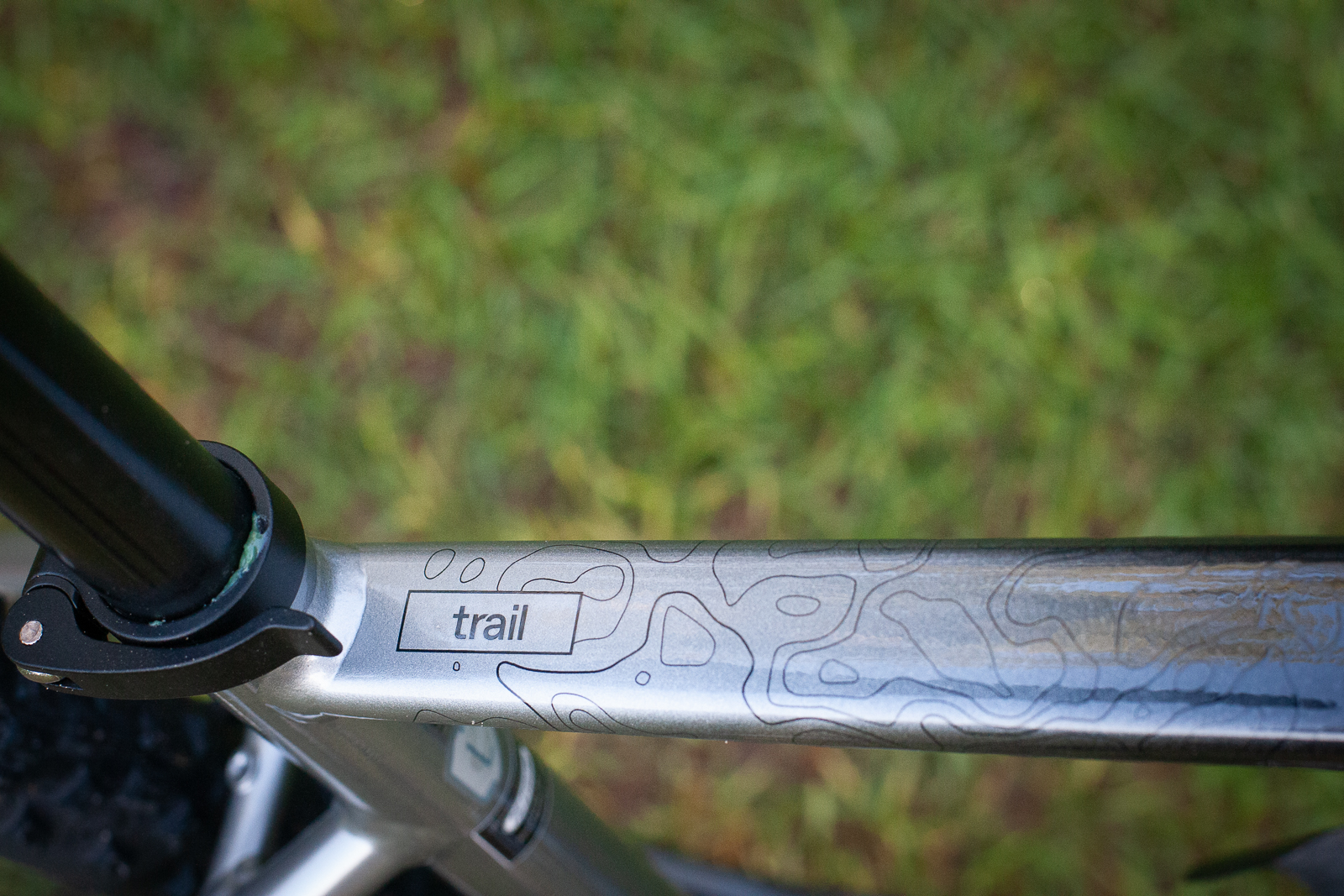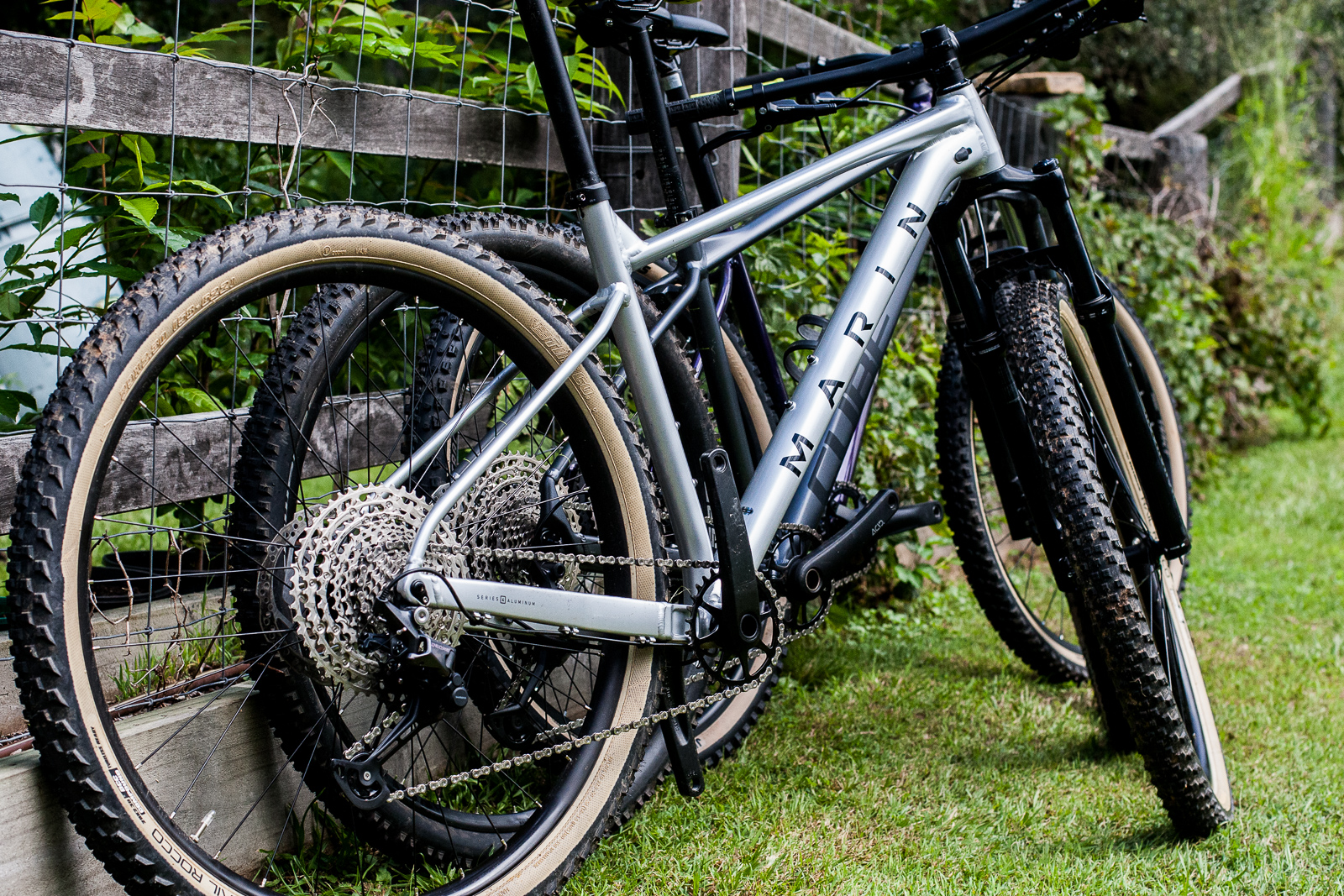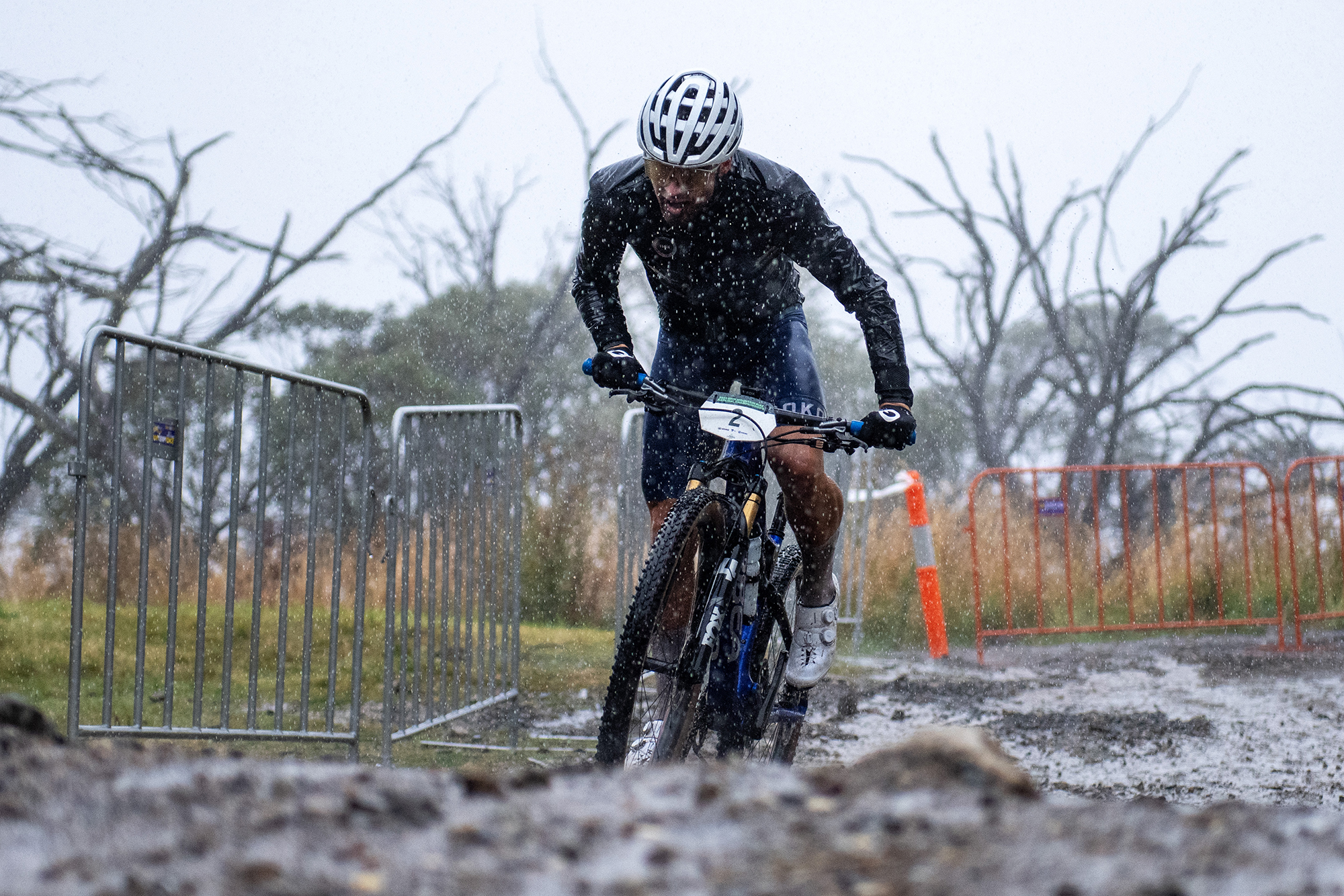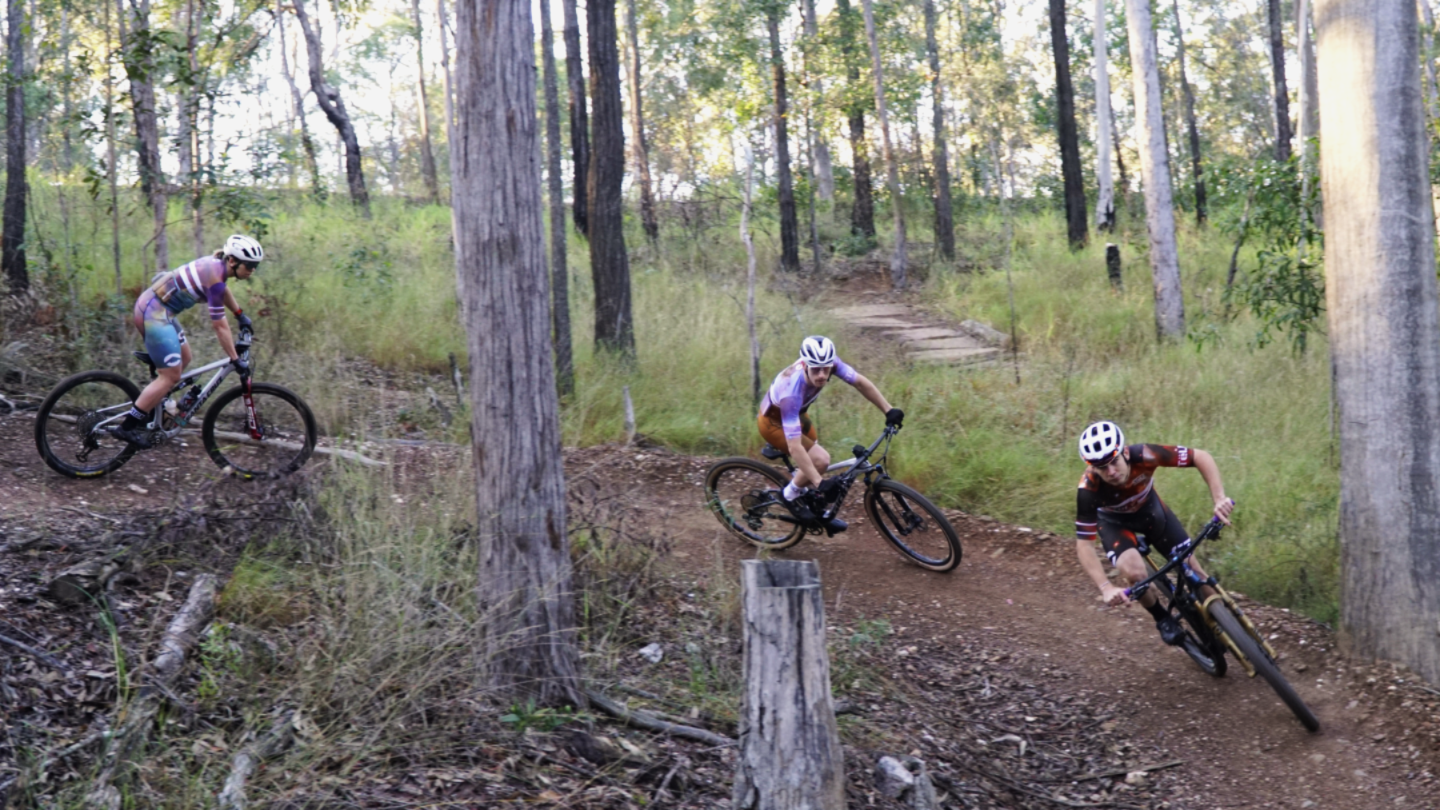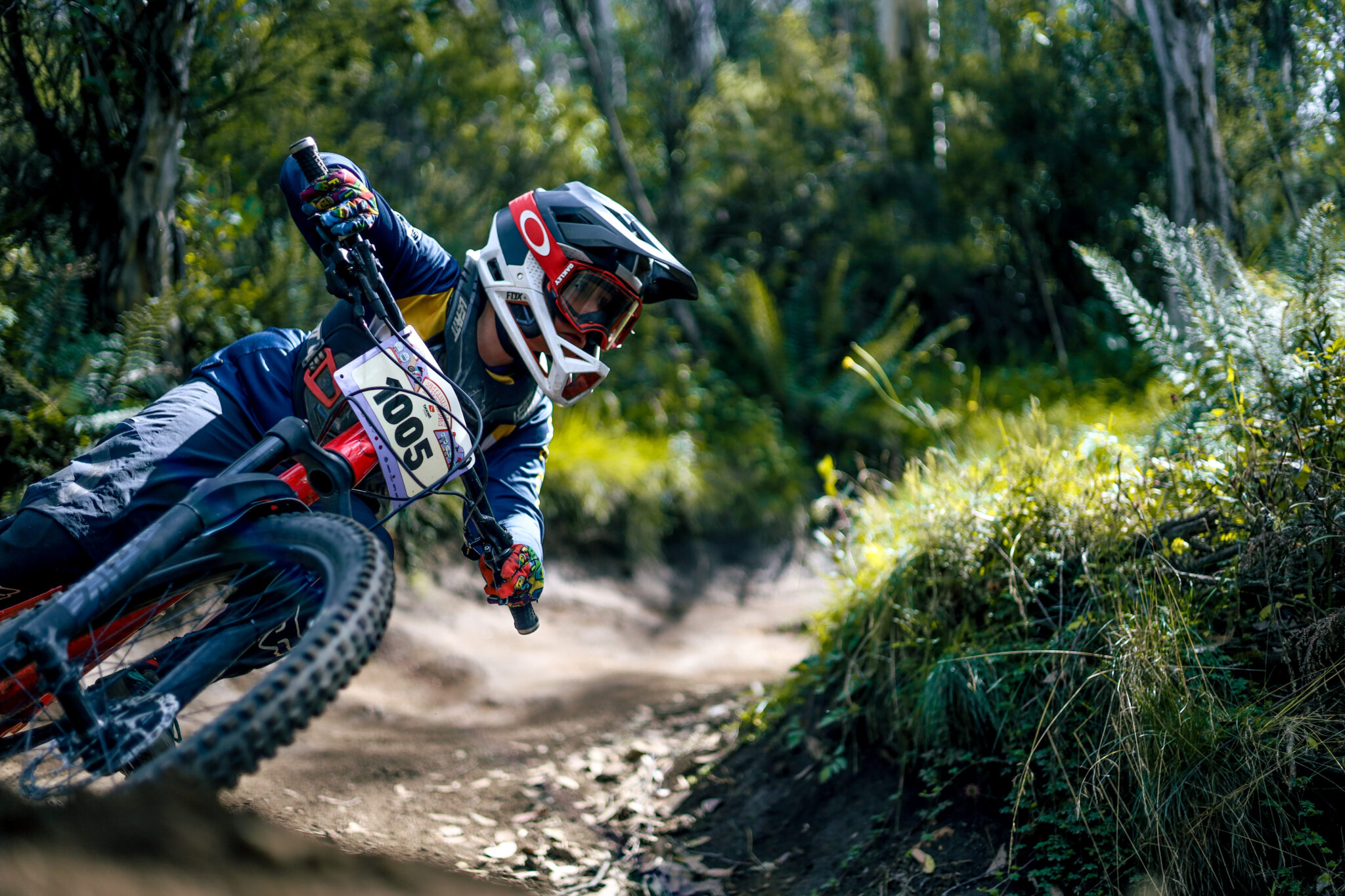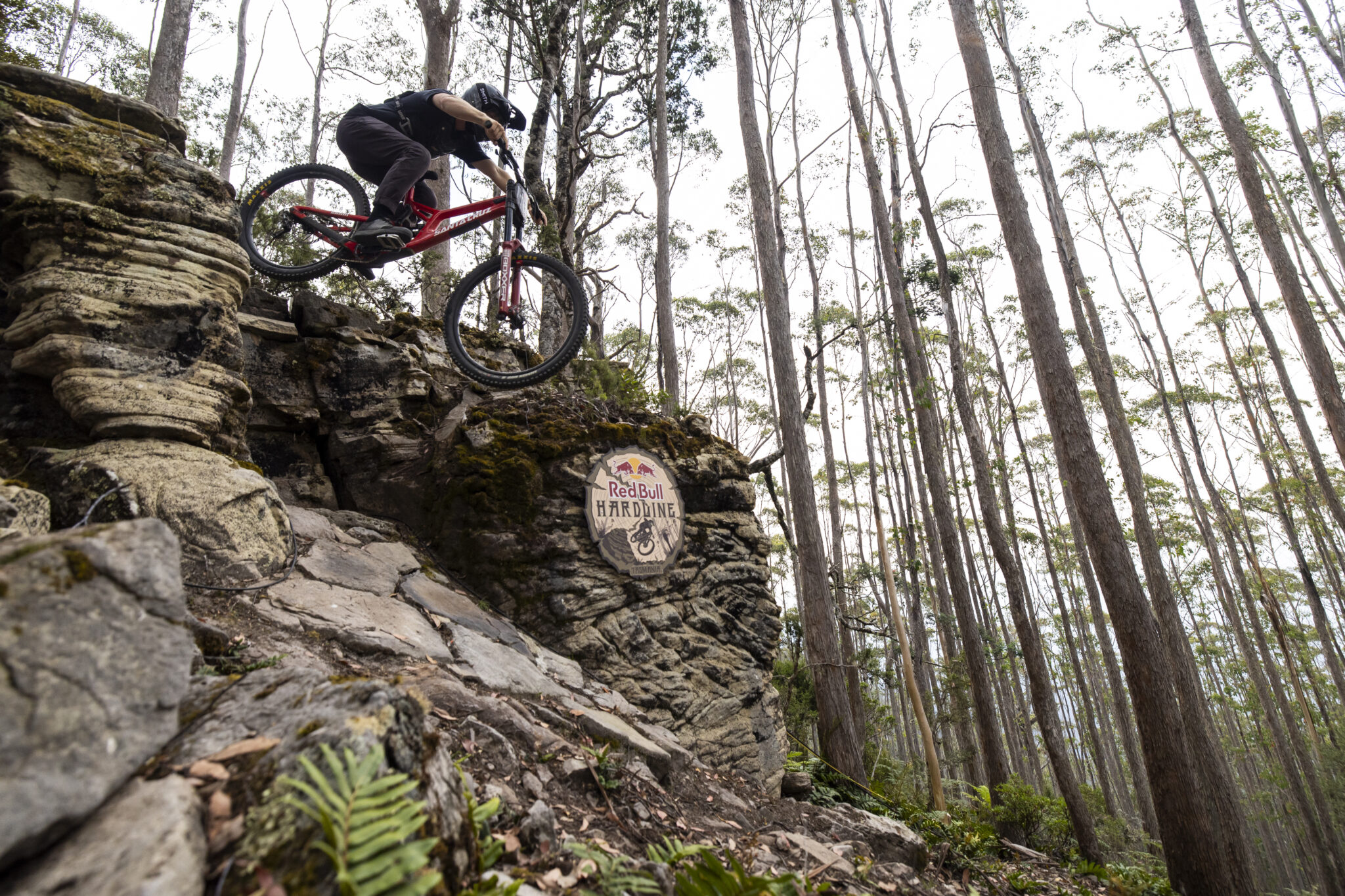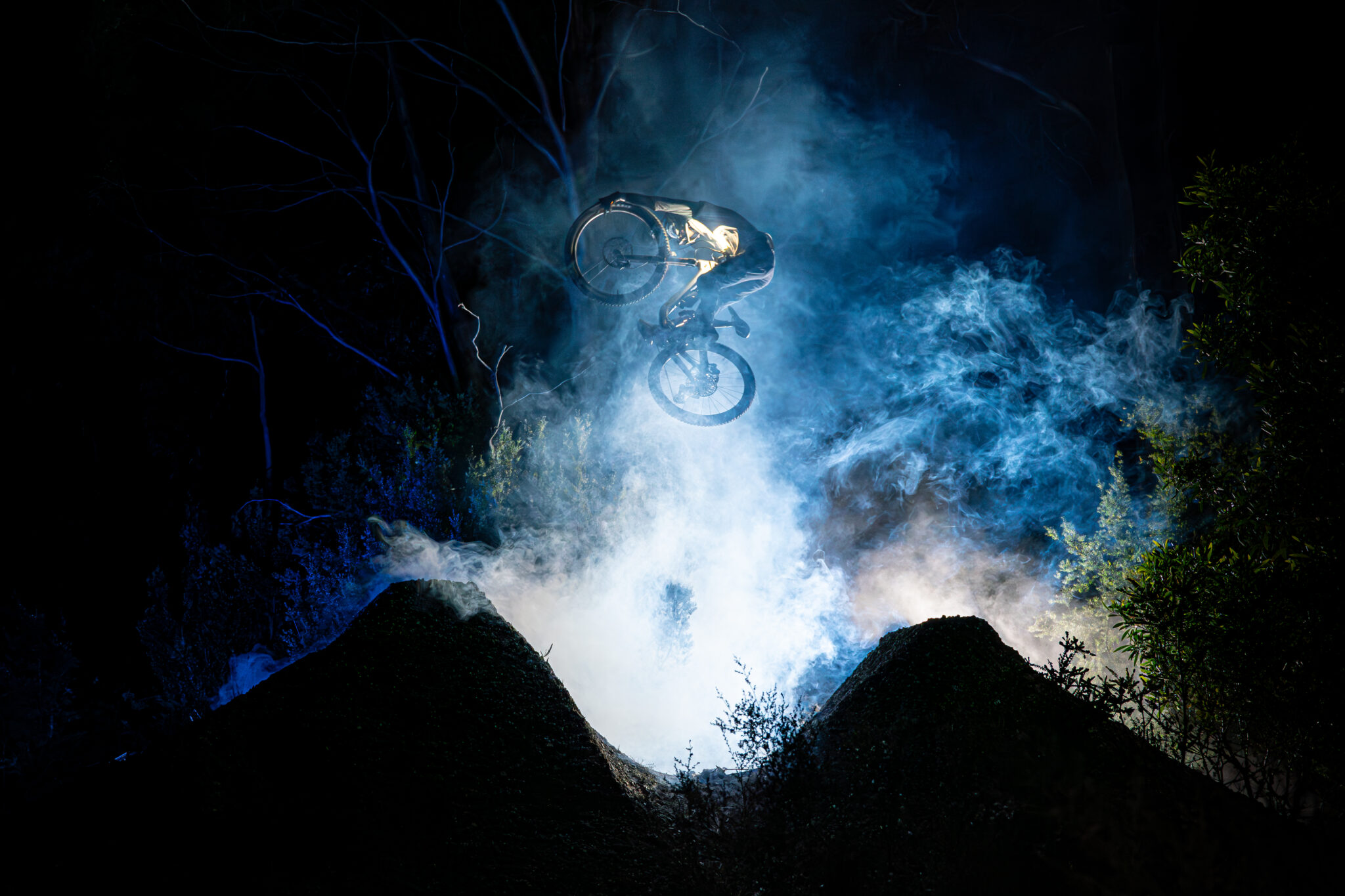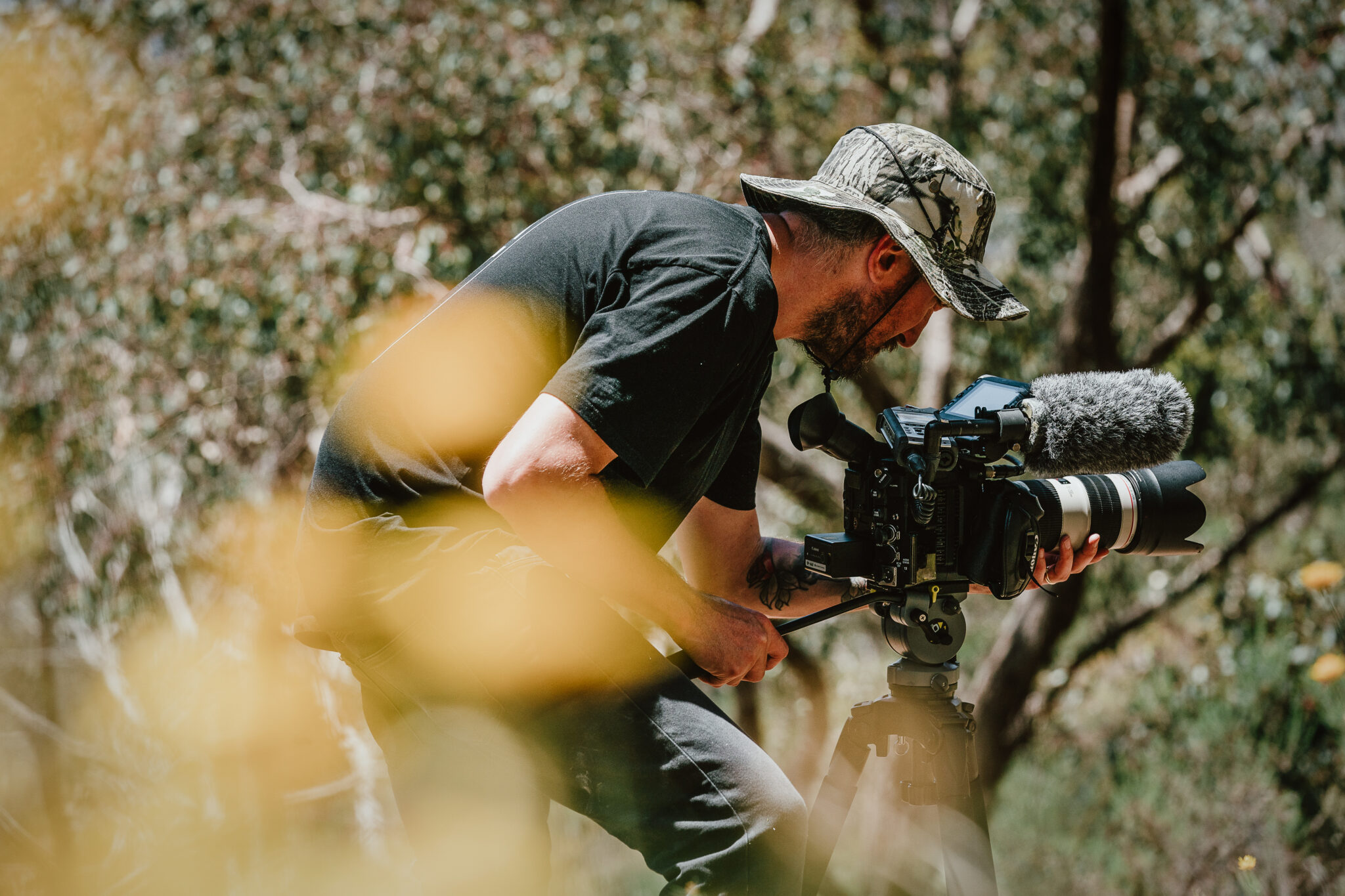FIRST LOOK: AMB tests 8 hardtail mountain bikes under $2000
Good bikes under $2000 are a key part of the growth of mountain biking - we tested 8 hardtails for fun factor and serviceability.
Here at AMB we get to test many lovely mountain bikes, and they can have price tags that move towards $20000. While a premium bike is a blast to ride, it's not the only way to enjoy mountain biking.
In Issue #201 Daisy Day pointed out that if the bike industry worked to have more well-made bikes available at lower price points, and cycling media promoted them, then the benefits to the sport, people and even the environment would be huge. Her point was that the future of mountain biking was $1500 bikes.
'The social inclusion element of sustainability empowers those that have less access – it helps build resilient communities, which in turn makes institutions, industries, and companies accessible and accountable to people. It may sound like a stretch to include affordable mountain bikes in this category, but I truly believe that the more people (of any social standing) that can enjoy a sport that helps them enjoy the natural environment in a low impact way – can only be a good thing.'
Daisy went on to relate that plenty of brands do this already, with a bunch of innovative, good-value and well-made bikes in the $1000-$3000 price range. And that people out on the trails, or submitting user reviews of them talk about the FUN they are having off road.
How to buy a bike in a bike shop
How to buy a bike online
How to buy a bike second hand
In the past we have tested the Polygon Siskiu D7 – which was a tonne of fun. As was the Merida Big Trail 500 we tested. So we reached out to all the major (and some smaller) bike manufacturers, to see who would be interested in submitting a bike under $2000 for this group test. The 8 bikes featured represent a price range of $999.95 to $1999.95. They're all hardtails, all 29ers, and we had fun on every single one of them. Given the price range and the fact some of the bikes scream XC, while others are angled towards all-round trail use, here are the main things we are assessing each bike on.
Features
From the frame itself to the componentry, any rider should have a tick list when buying a new bike. Overall, these may not be must haves, but they are things that should stand out. From dropper posts, to Boost spacing, adjustable forks, tyre clearance and wide range gearing.
Geometry and handling
What we are looking at here is geometry that takes some cues from performance handling bikes. So head angles that are likely slacker than 70 degrees, so steering isn't nervous. Plus we'd like to see a steeper seat angle for better overall balance when climbing. We'll see how it transfers to the trail, and explain where the bike excels and why.
Ergonomics
We're looking at things that make the bike more comfortable to use and ride – and therefore more fun. Small changes in handlebar width and shape make a difference, as do brake lever shape and size. When the ergonomics are good, you don't think about shifting and braking – you just do it. That's part of making bikes fun and comfortable.
Components
There isn't too much mystique with bikes and components. The ones that cost more work better. So given the price range in this test, what we are looking at is about ease of use, servicing and how well they suit the bike.
Price
It sounds obvious, but with a wide price range, we'll consider the overall value of the bike for how well it suits it's intended use – plus consider other models from the brand in surrounding price brackets.
Fun factor and suitability
This is the big one – was the bike fun to ride? And also, who does it suit? Some of these bikes are trail rippers, others could be awesome rail trail crusaders. We're testing for suitability, and will sumamrise what kind of riding each bike suits, and why.
What about women's bikes?
There aren't any women's specific bikes on test, but we've got some notes that any rider can use to make their bike fit as it should, with input from our Deputy Editor Georgina von Marburg:
"If you're a woman, the right bike is not a 'female specific' bike. It's a you specific bike The same principle applies to men. Each rider is totally unique in their body structure, whether that's height, inseam, torso length, weight, and of course – riding style. Virtually any bike can be made to cater to you specifically. Whether this bike is $1200 or $12,000, the saddle, seatpost height, grips, and handlebar width are all things which are easily adjustable. You should consult a knowledgeable bike shop or bike fitter on these topics.”
What budget bikes are on test?
These are the 8 bikes on test. They are all alloy 29er hardtails, but they each have their own unique features. Click through for our first impressions on each.
Marin Team 1 – $1999
Trek Marlin 8 – $1899
Merida Big Nine SLX Edition – $1999
Norco Fluid HT 2 – $1699
Cube Attention SL – $1799
Reid Tract 4 – $999.95
Giant Fathom 2 – $1899
Cannondale Trail SL 4 – $1899
Marin Team 1
$1999
Bikes Online
The Marin Team 1 is a fantastic looking aggressive XC hardtail, with a soon to be updated RRP of $1999. It's right at the very top of the pricing for our group test, and this shows when you look over the frame and components.
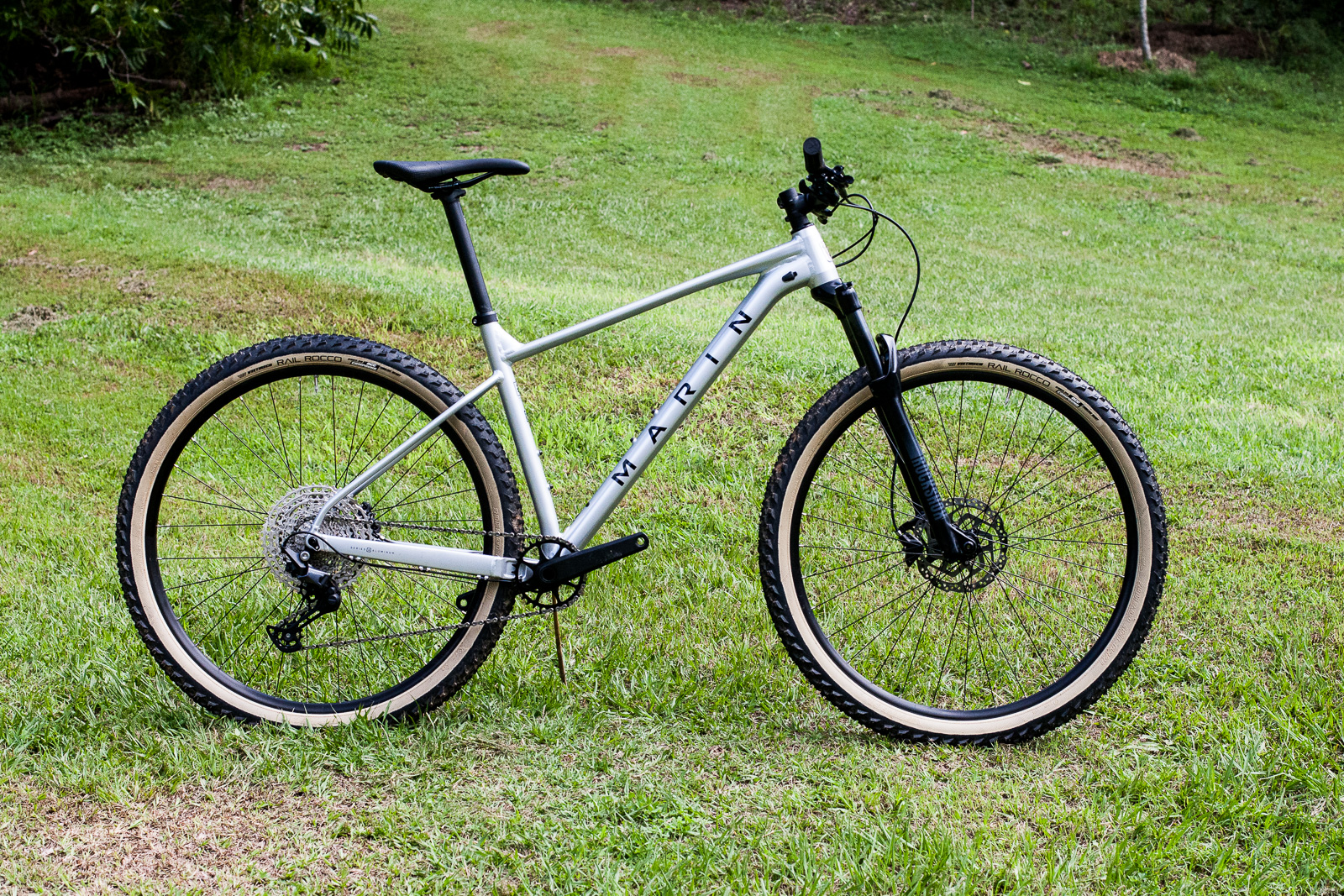
The frame is designed around the 120mm travel Judy air sprung suspension fork, with a 450mm reach for the large test bike along with a 67 degree head angle for steering stability, and a 74 degree seat angle to keep you centred on the bike to make climbing easier.
The frame has a Boost (148mm) through axle and clearance for wide tyres, along with internal dropper post routing – although it doesn't come with one.

The drivetrain is primarily Shimano Deore 12-speed with a KMC chain, and brakes are Shimano MT201 with 180mm rotors.
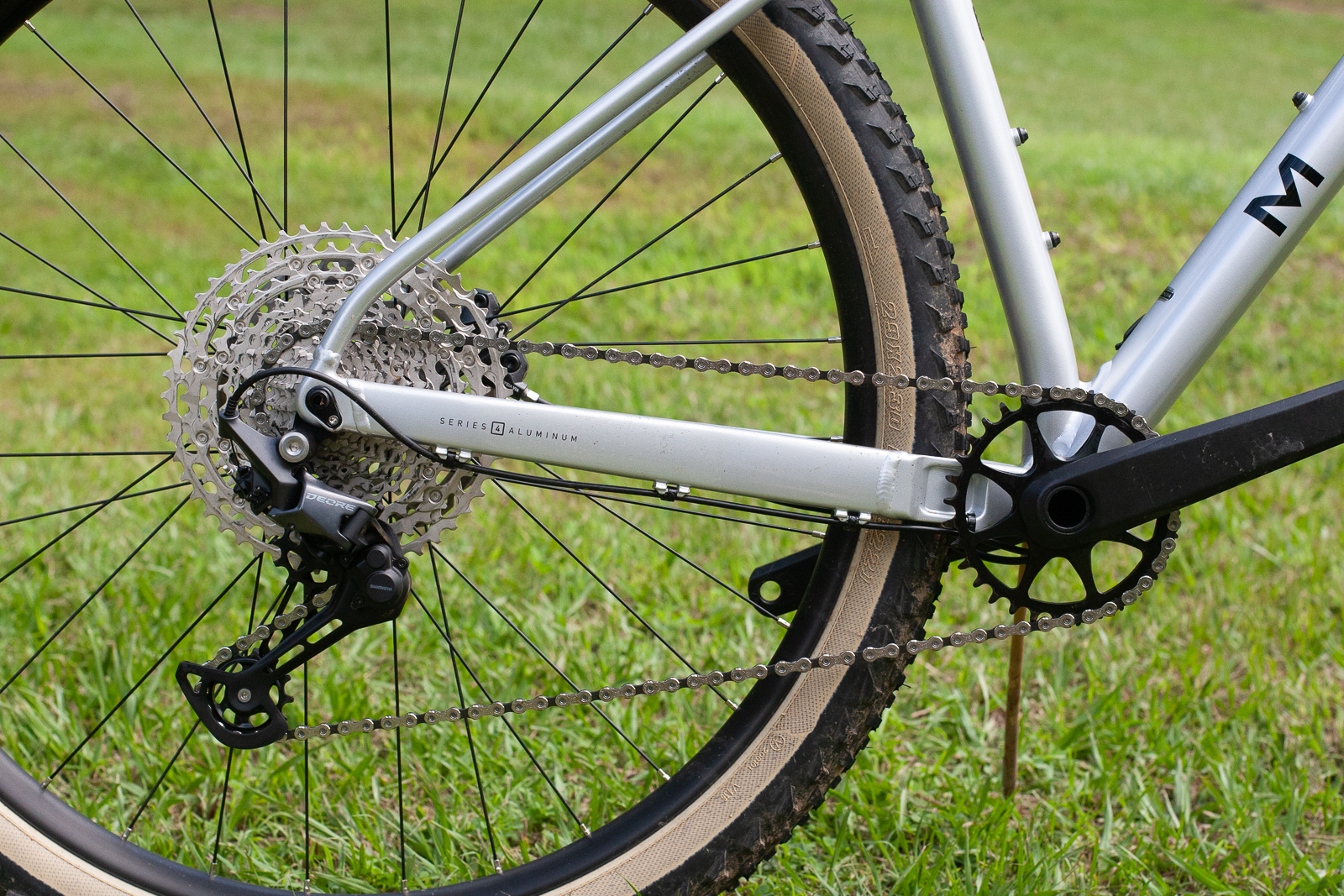
The wheels and tyres are a nice choice, with 29mm internal rims that allow the 2.35" tyres to inflate to a good size. It's also great to see Marin spec some nice wide bars and a short stem – although some sort of chain stay protection would also be a nice touch!
Marin comes from Bikes Online, which means you need to build the bike yourself when it arrives. They are very simple to build, and each bike even comes with all the tools you need to do it safely.
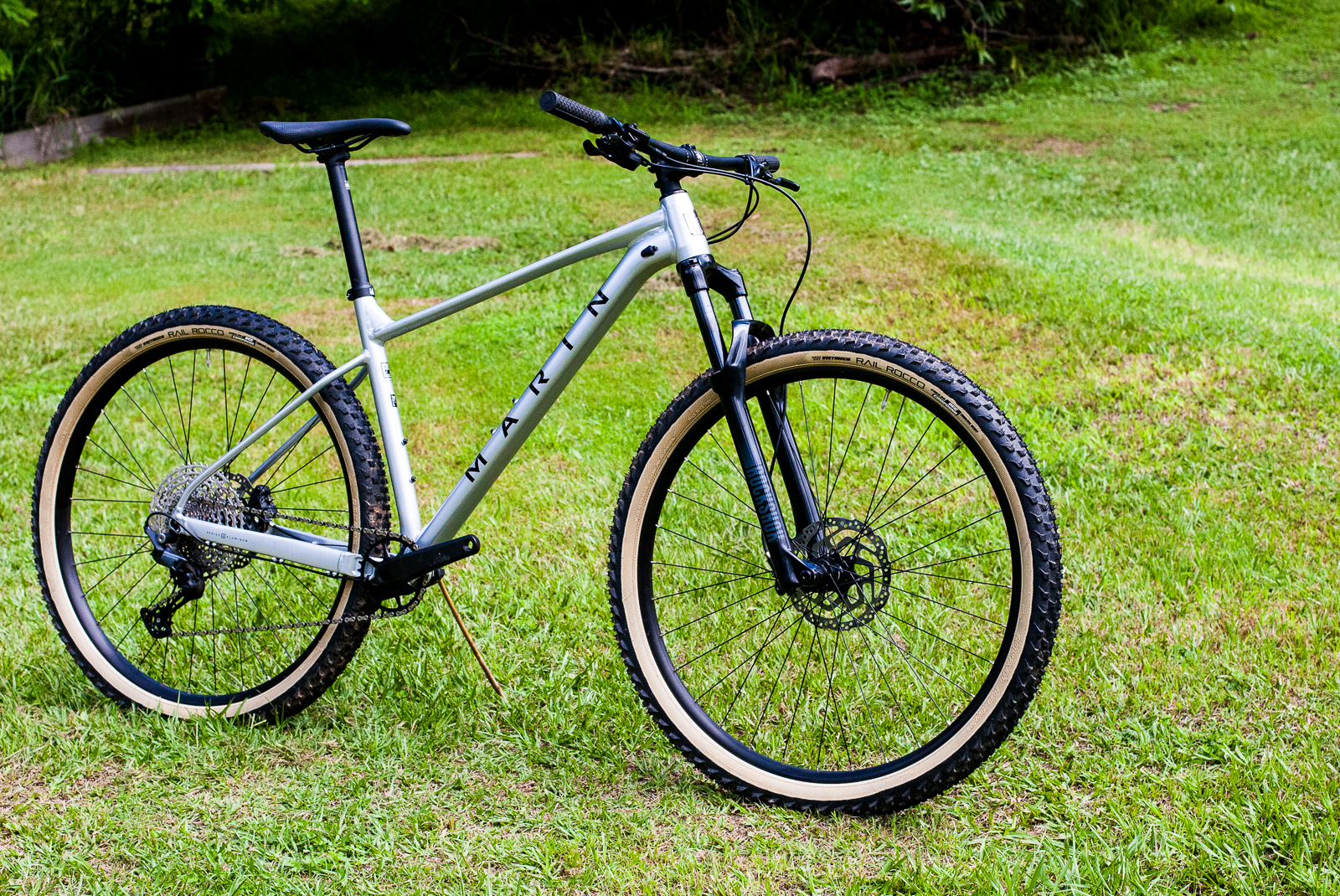
Trek Marlin 8
$1899.99
Trek Australia
Trek have been popular with their entry level hardtails for years, with both the Trek Roscoe range and Marlin range hitting trail and cross-country needs perfectly. The Trek Marlin 8 is near the top of the Marlin range at $1899.99.This puts it close to the top of the price range for our group test – but it sure ticks a lot of boxes.
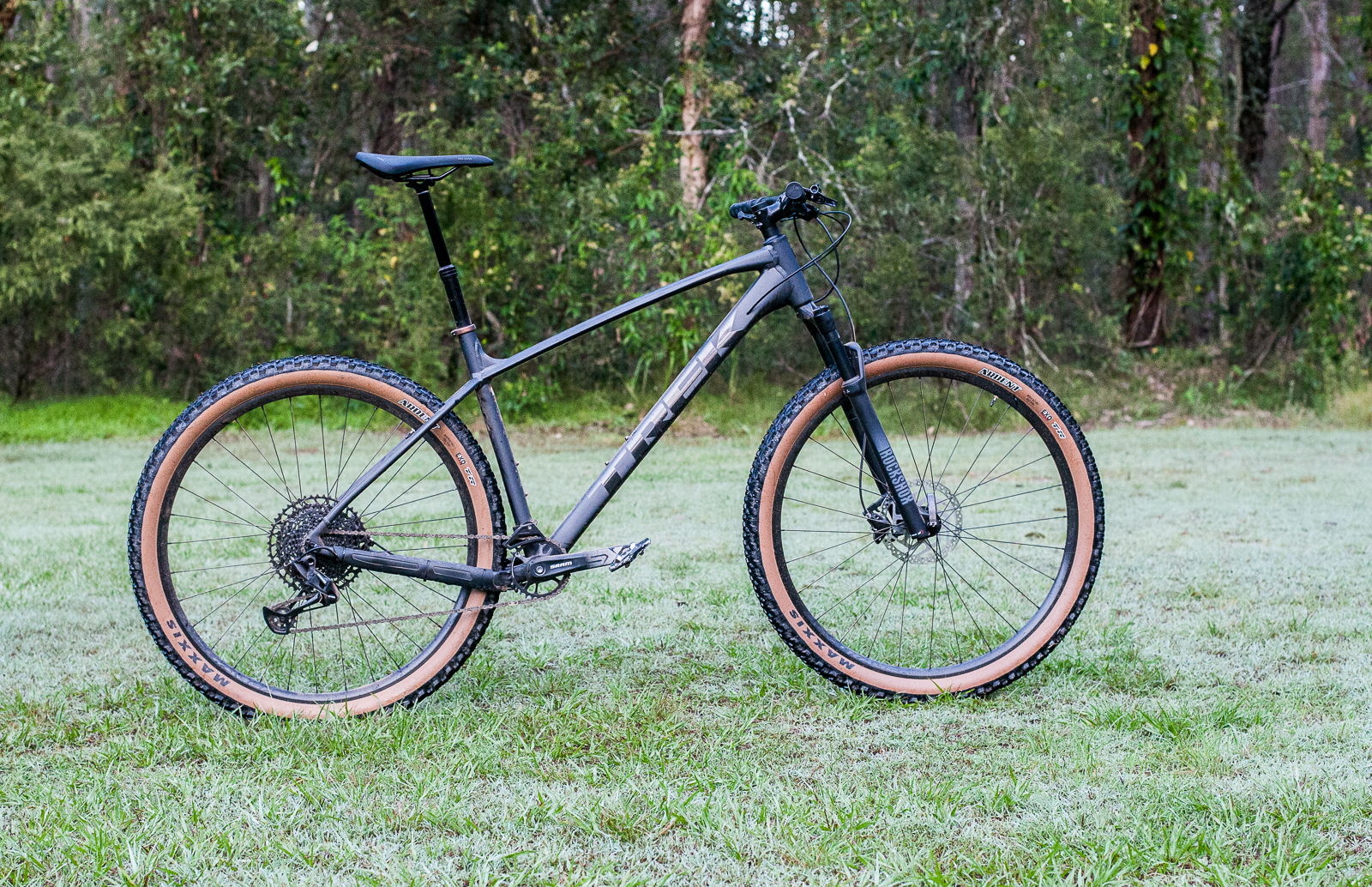
The alloy frame has plenty of standover height, and comes with an internally routed dropper post (yes!). It has huge tyre clearance, with the 2.4″ Maxxis Ardents having plenty of room. The frame uses a 135mm back end using Trek’s own 5mm through axle. Our XL test bike has a 66.5 degree head angle and 495mm reach for some very modern trail handling, along with a 74 degree seat angle for well-balanced climbing.
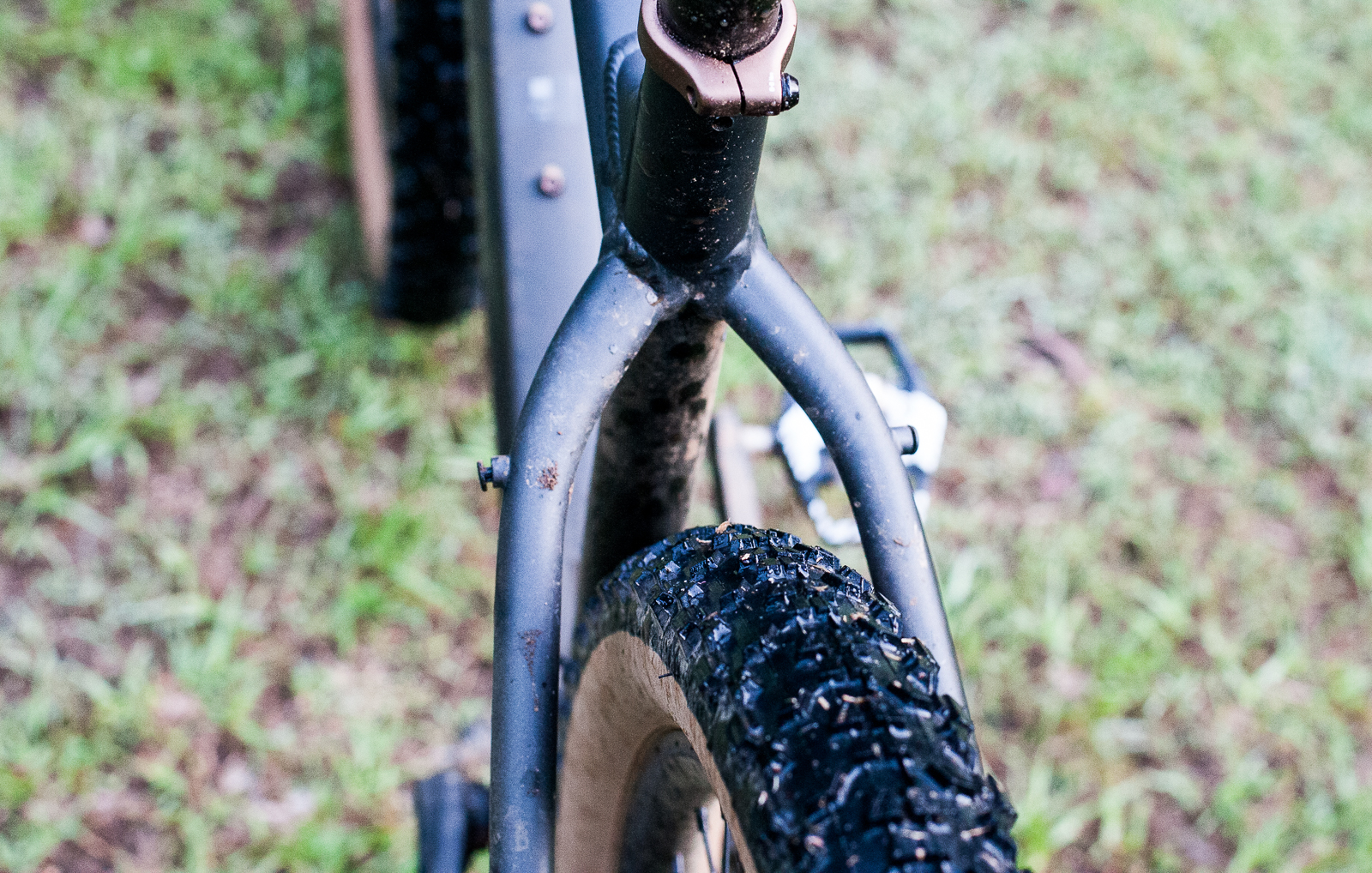
SRAM look after the drive train with a SX and NX 1×12 mix, and brakes are Shimano MT200. The RockShox fork is a 100mm travel air-sprung Judy, allowing some adjustment to suit rider size and needs. Trek have size specific bars, and our XL rig comes with a 750mm wide set.
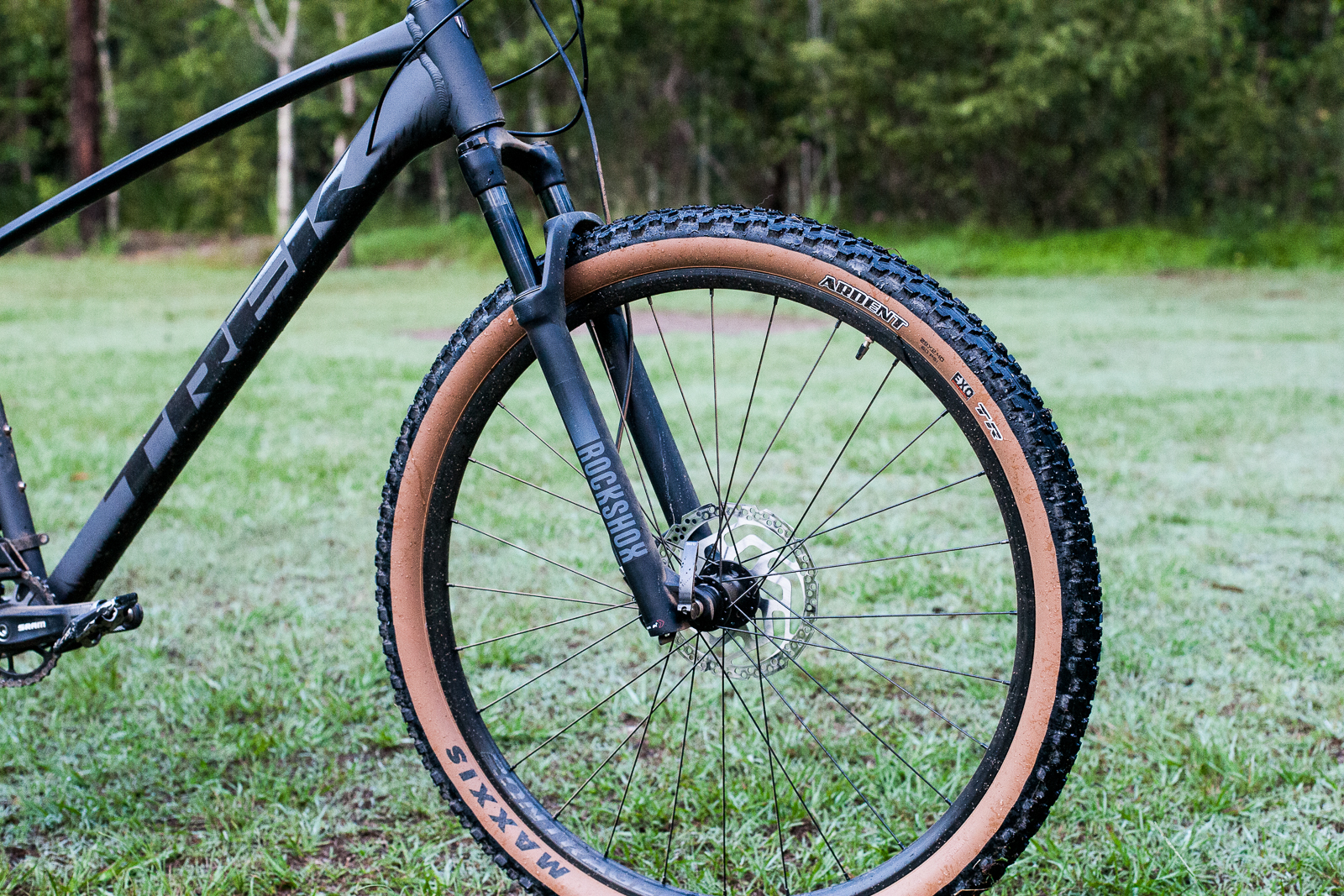
This one has been a blast so far, with a complete spec that is ready to hit the trails and find your limits.
Merida Big Nine SLX Edition
$1999
Merida Bikes Australia
The Merida Big Nine range is just about part of mountain bike history, with countless riders having spent time aboard a Merida if this type at some point. The Big Nine has a wide range of bikes, all built around a spritely frame. The Big Nine has an alloy frame with neat internal routing, a 70 degree head tube and 414mm reach in large, with a 73 degree seat angle. This combination makes it quite an agile handling bike.
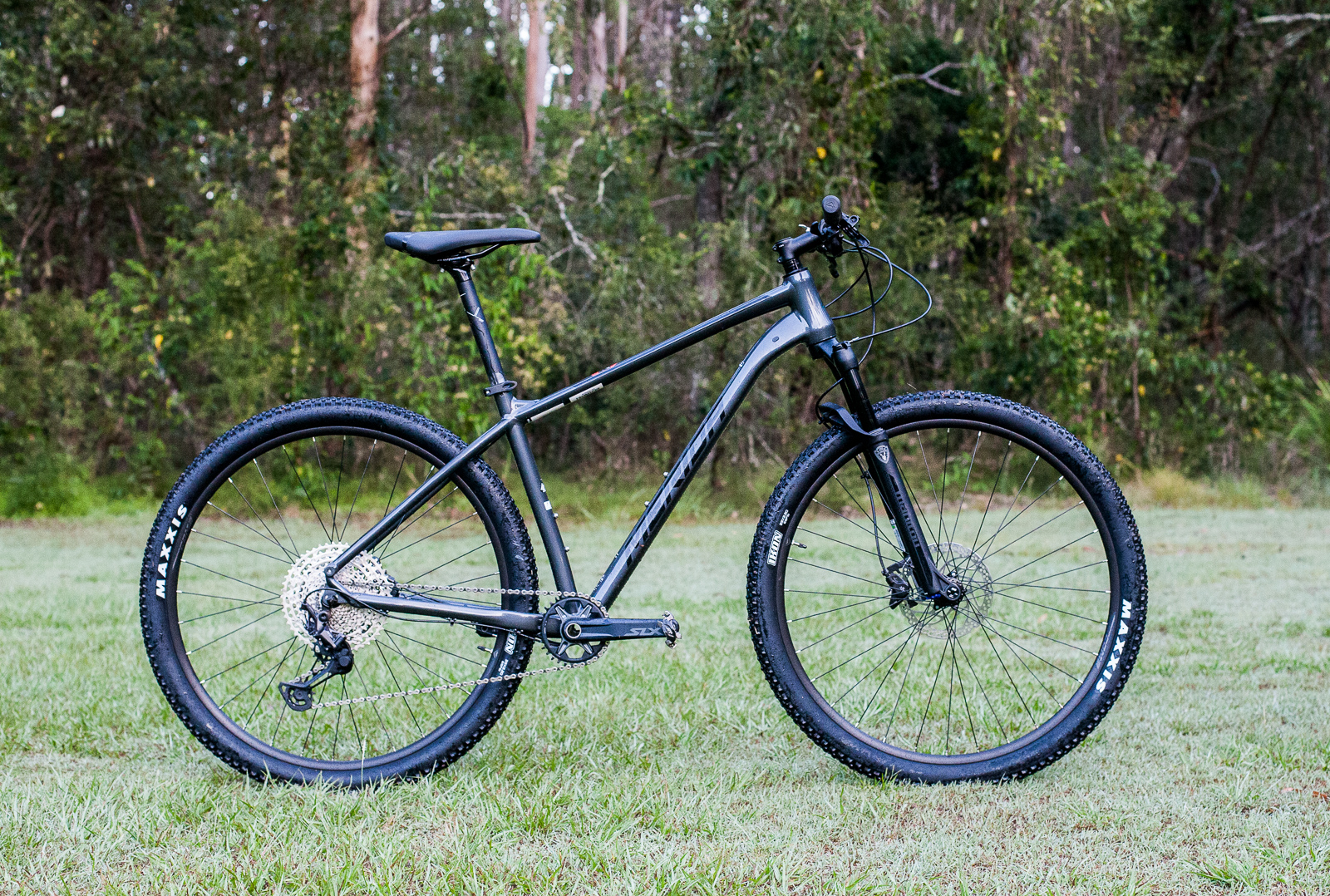
The Merida Big Nine SLX Edition ($1999) is at the top of our price bracket, and the name comes from the near complete Shimano SLX 12-speed group set – making it one of the best overall group sets on test.
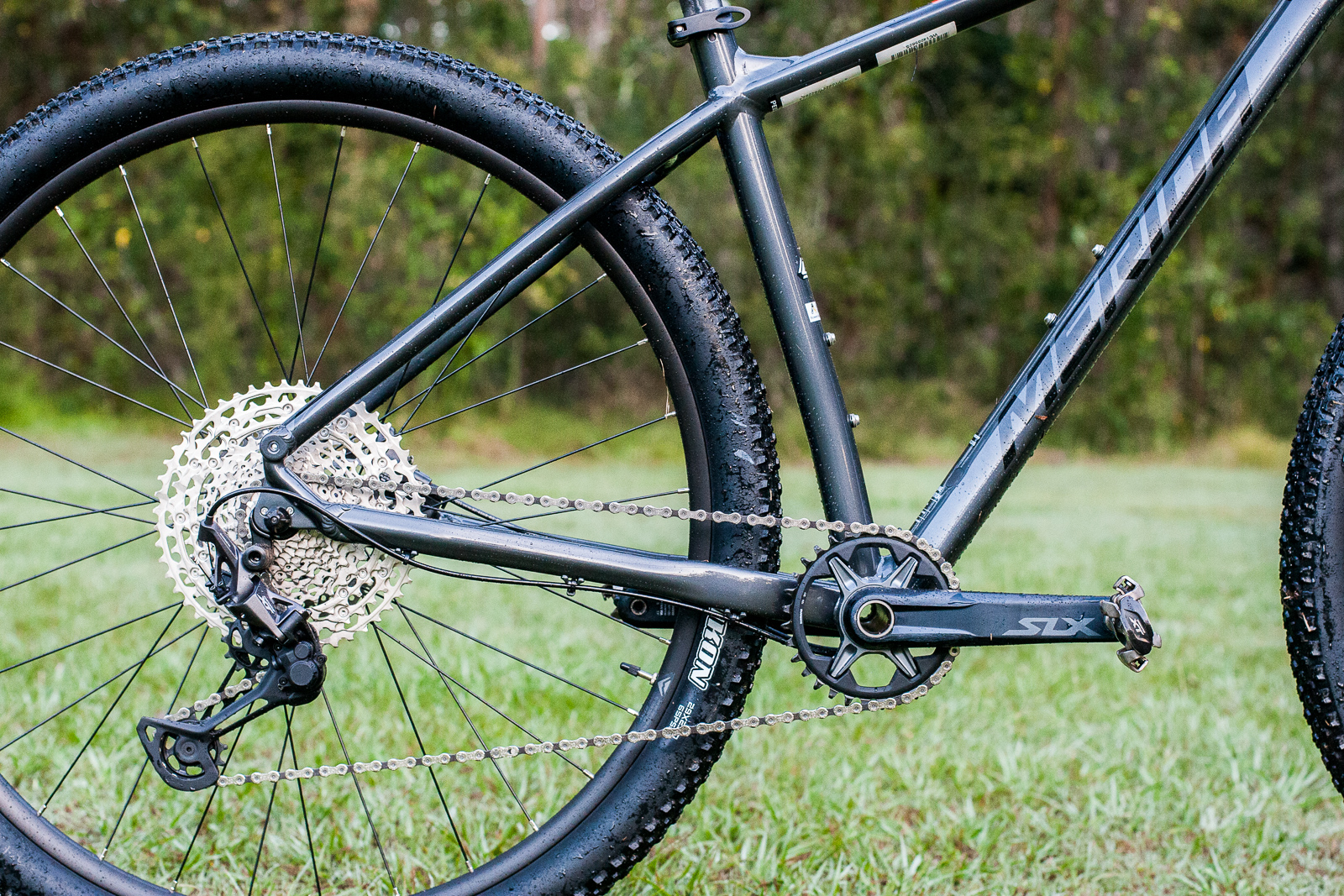
Brakes are Shimano M4100, and Manitou supply the 100mm travel Markhor fork, with remote lock out. The fork has an air spring for a range of adjustment, and rebound damping for more control. It uses a through axle, while the frame is quick release for the rear wheel.
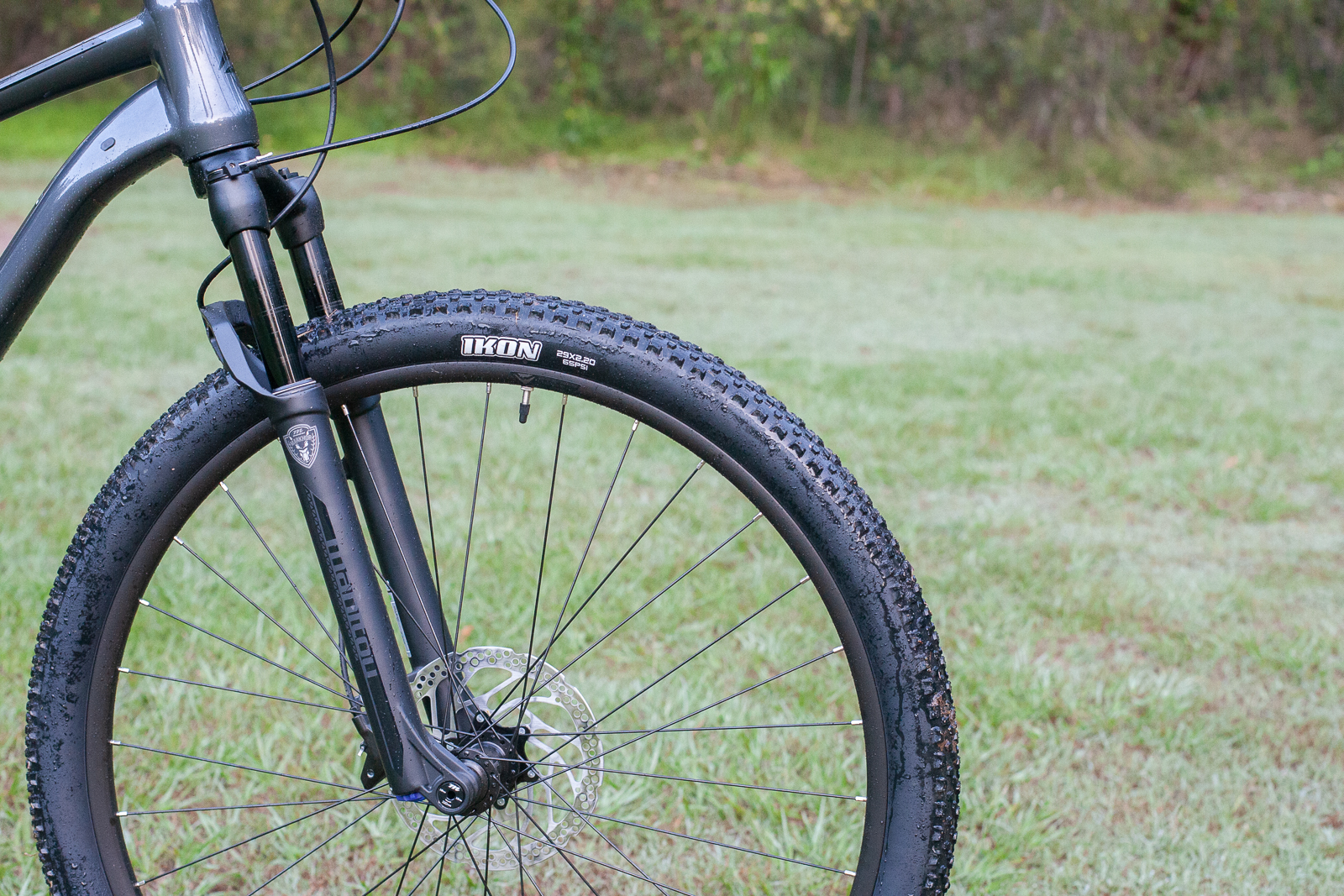
With no dropper post and faster steering, Merida continue on the agile theme with Maxxis Ikon 2.2″ tyres. The bike is classed for XC and trail use, but it would also excel for anyone looking for a bike under $2000 that is set to really eat up a lot of use. Be that bikepacking, rail trail riding, or just clocking up a lot of time on your local XC trails. The high quality group set will last a long time, with a great service life.
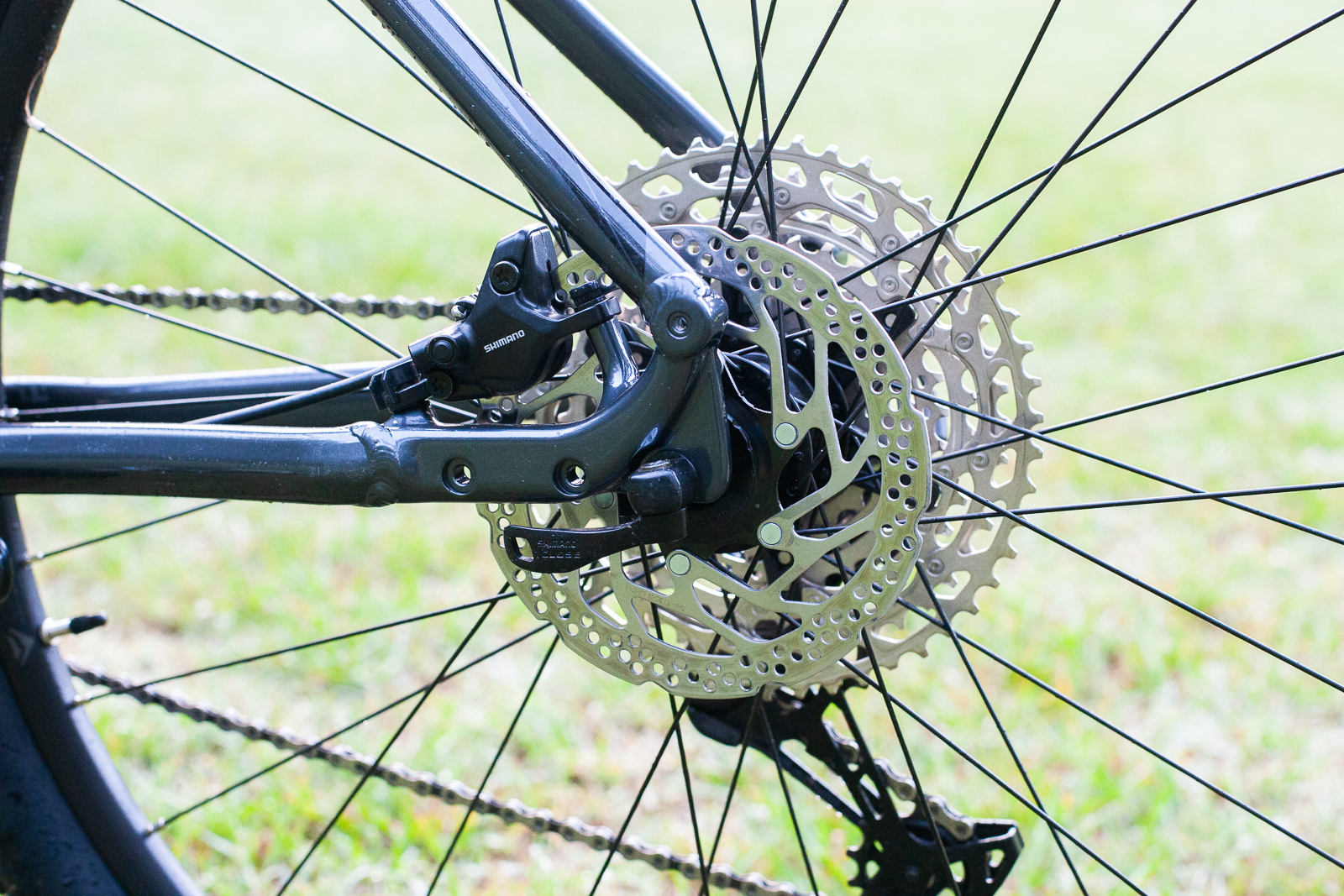
Norco Fluid HT 2
$1699
Norco Bikes Australia
The Norco Fluid range has been a popular line up for value-conscious mountain bikers for years. With the new Fluid FS platform in stores this is unlikely to change. The latest Fluid HT complements the Fluid FS nicely, presenting a 120mm travel 29er alloy hardtail with capable trail geometry.

Our XL test rig is just that, with a long 500mm reach paired with the 66.5 degree head angle. It’s worth noting that while this bike has 29″ wheels, the smaller sizes have 27.5″ wheels for a better fit for riders of a smaller stature.
There’s lots of standover height on this frame, and it uses a 148mm wide Boost through axle for the rear wheel, making it a fantastic frame to upgrade over time.
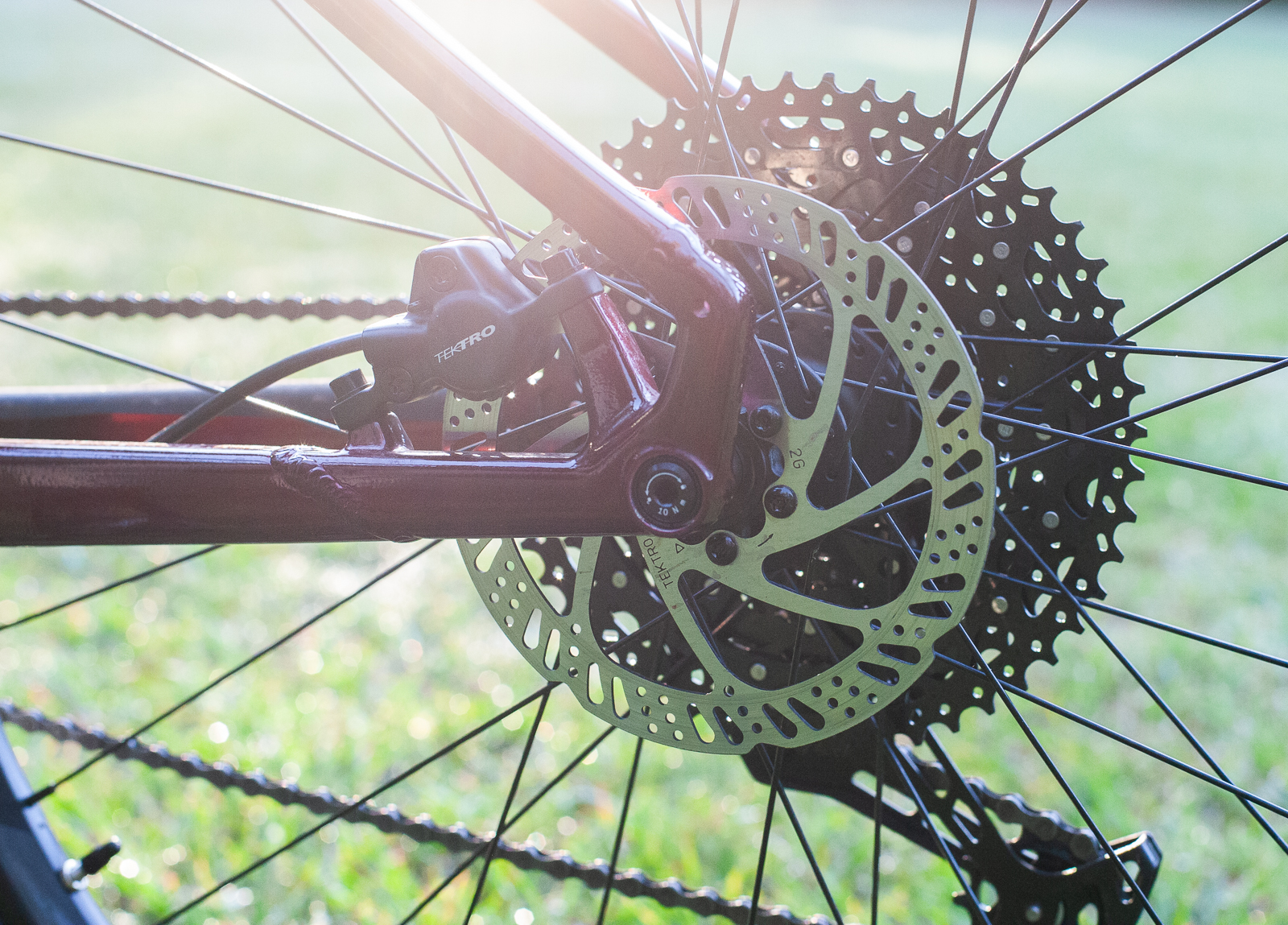
Norco have equipped the Fluid HT 2 with a mixed 11- speed group set. Shimano Deore takes care of the shifter, derailleur and 11-51t cassette, while FSA provide the Comet cranks with 30t chain ring. This gives a nice and wide gear range for trail riding.
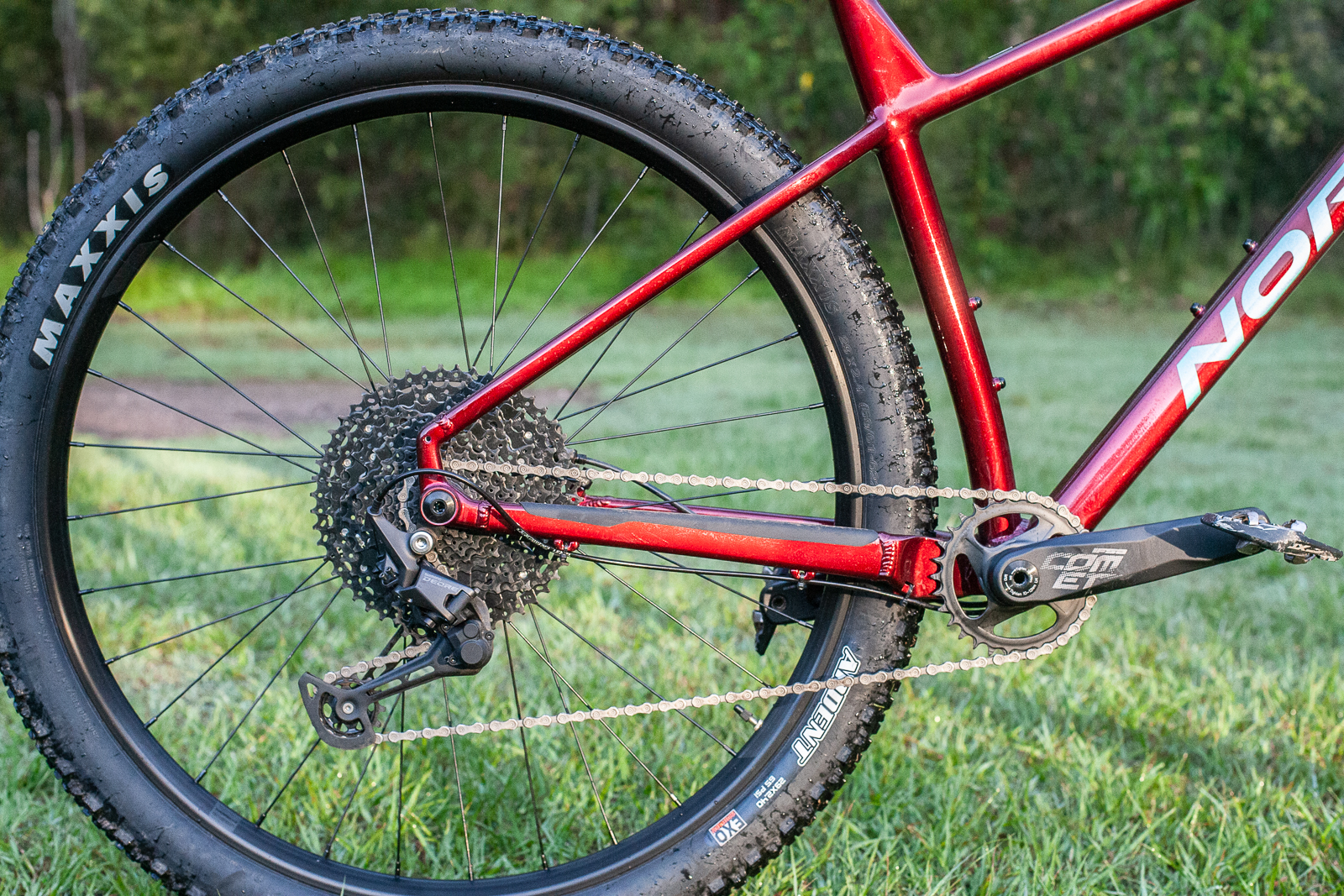
The frame has internal routing through the main tubes, and includes a dropper post at this price point – a perfect addition to a trail hardtail.
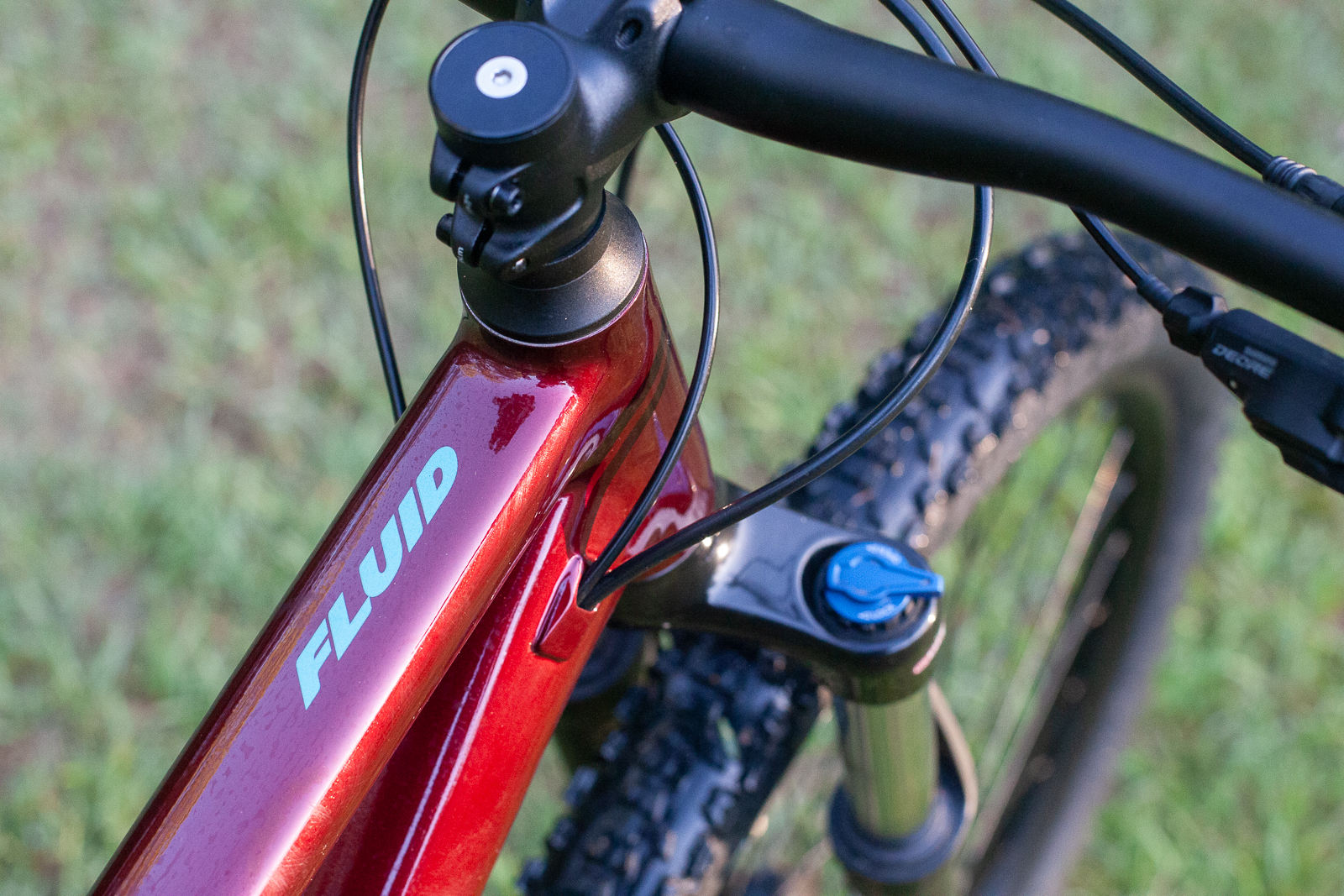
The suspension duties are handled by a 32mm legged Suntour XCR LOR DS, with coil spring. It’s not a light weight fork, but has lock out if needed, and is fairly supple.
The Tektro brakes and lock on WTB grips on wide riser bars are another nice touch on a nicely finished trail hardtail.
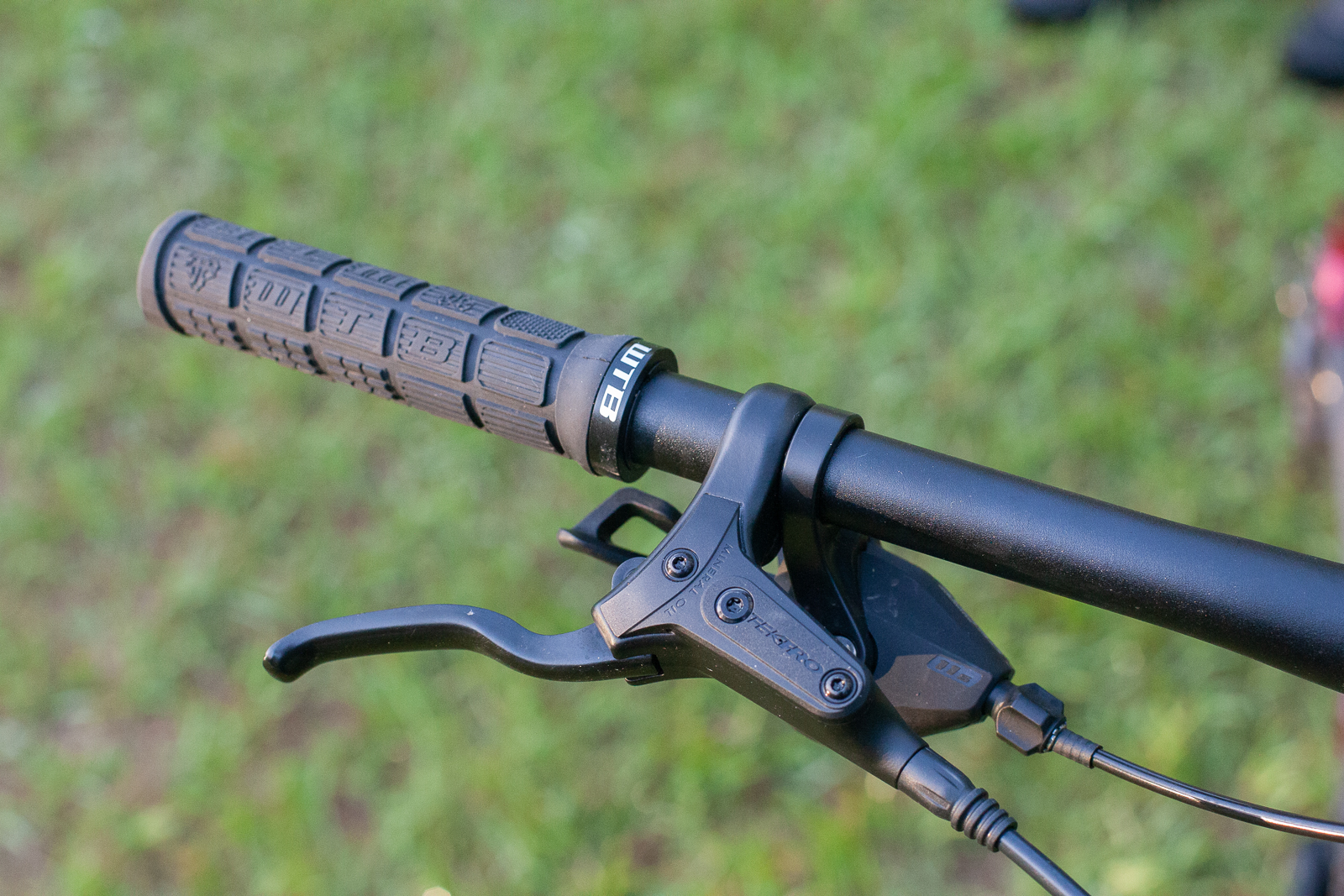
Cube Attention SL
$1799
99 Bikes Australia
The Cube Attention SL is available exclusively from 99 Bikes, and the alloy 29er hardtail has some stand out features. The bike has a 69 degree head angle with a reach of around 410mm in the 19″ test bike. The seat angle is 73.5 degrees, so the handling is pretty dynamic, suited for agile steering more than straight line stability on rougher trails. As such, this bike will suit those looking for a general duties cross-country bike.
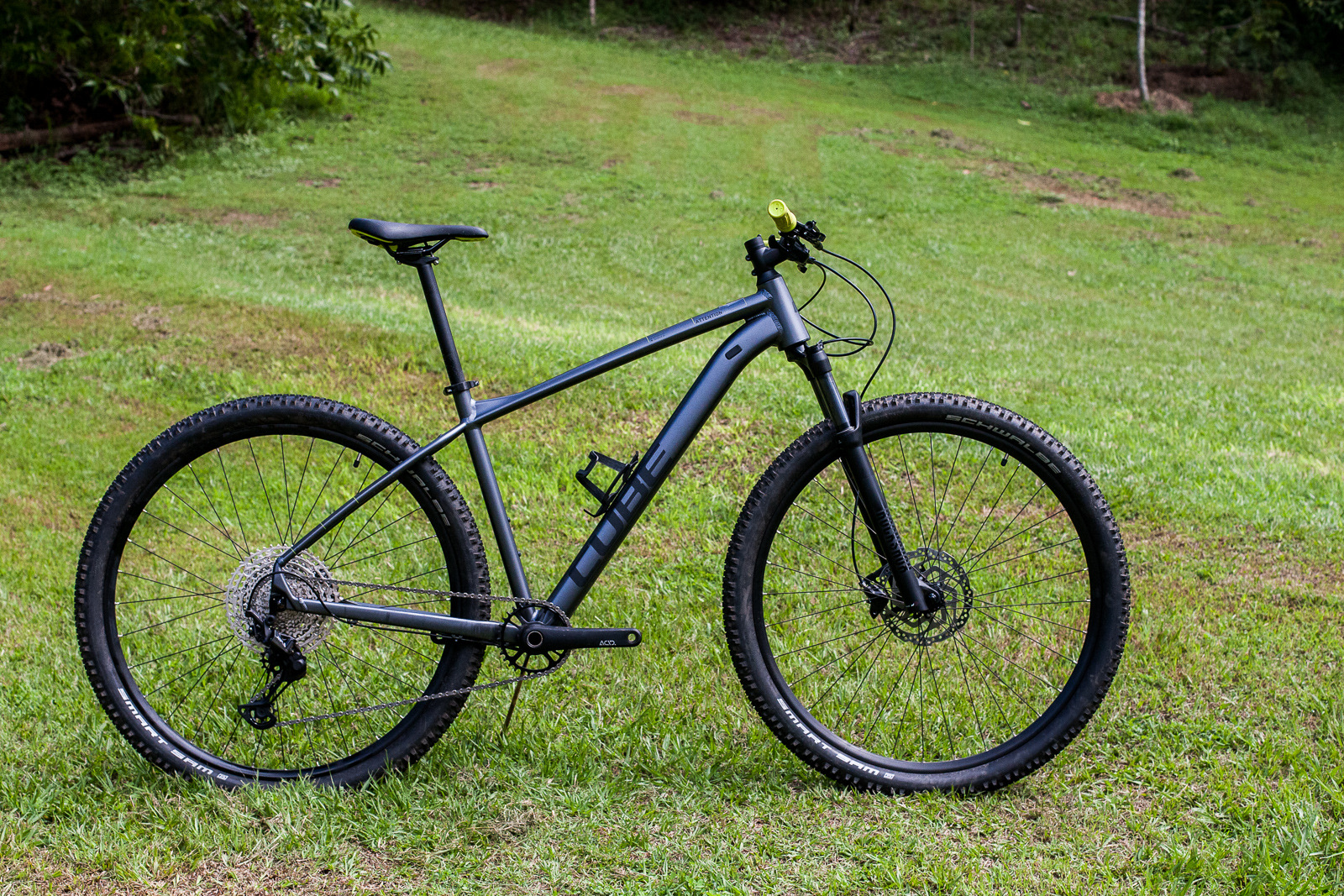
The frame uses a quick release rear, and the RockShox Judy 100mm travel fork is quick release as well. However, with an air spring on the fork and remote lock out, the RockShox Judy fork works well and is adjustable for a variety of riders.
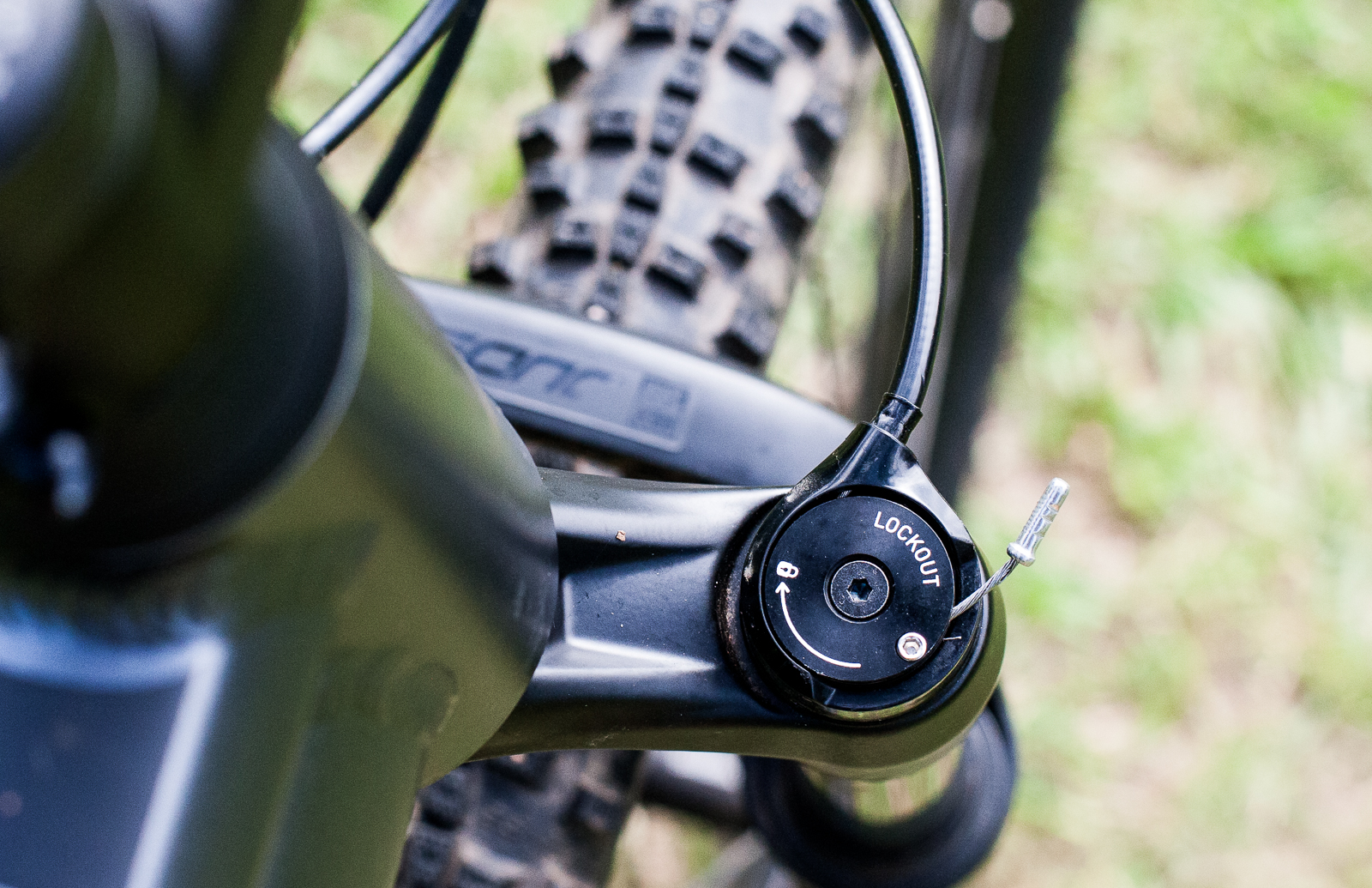
The group set is a real stand out, with a Shimano Deore 12-speed group set and an upgraded Shimano XT derailleur. This is all bulletproof stuff, and with the Shimano chain as well, ensures some of the best shifting on test.
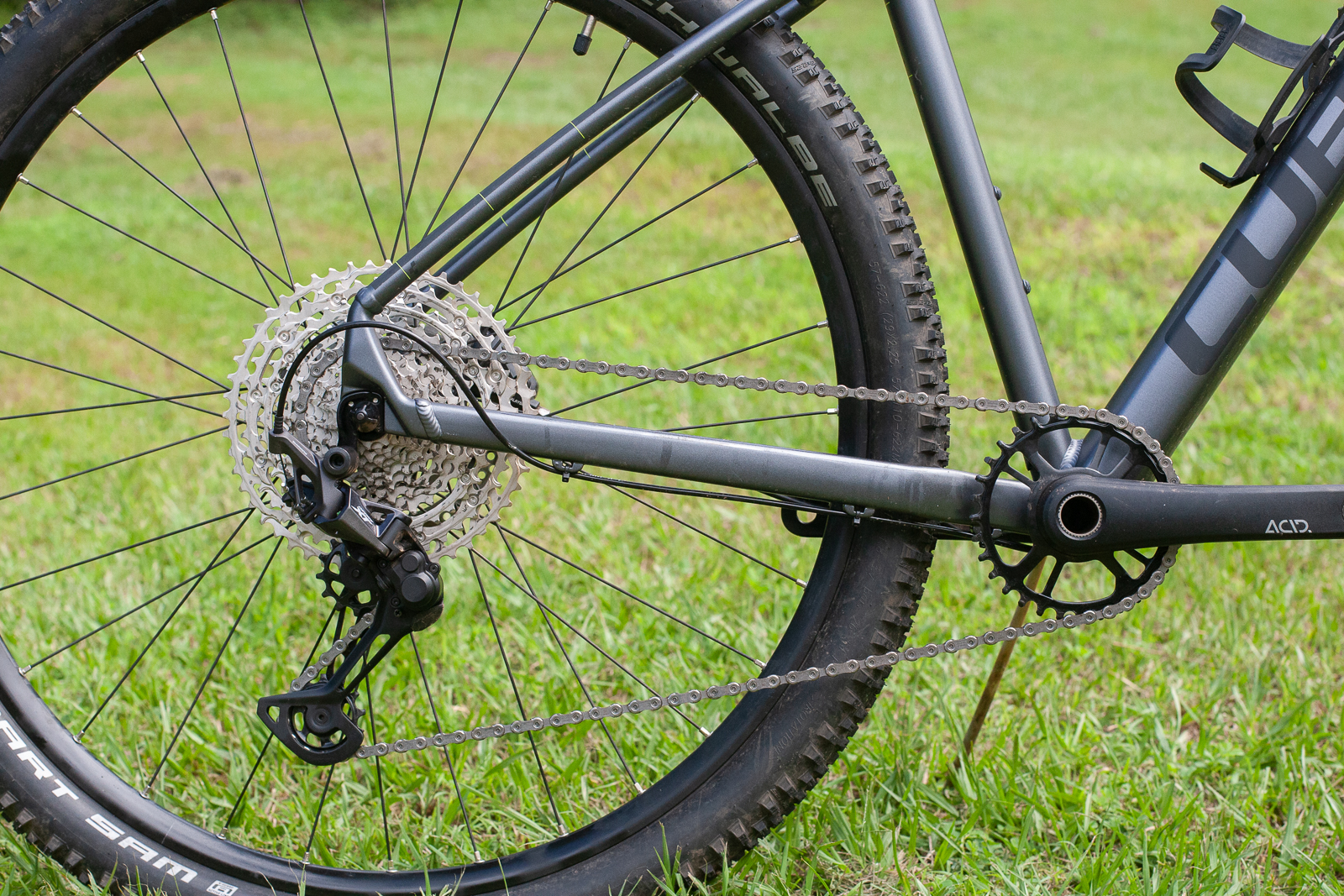
Cube have neat internal routing, but there isn’t a dropper post included. Also, the bars could be a bit wider to be comfortable. But it’s a spritely bike and one that brakes and shifts well, and that has a big impact on how fun it is to ride.

Reid Tract 4
$999.95
Reid Bikes
By far the cheapest bike on test, the Reid Tract 4 offers some serious value for a rider wanting to gett off-road. Reid call it a value monster, and we have no grounds to argue with that.
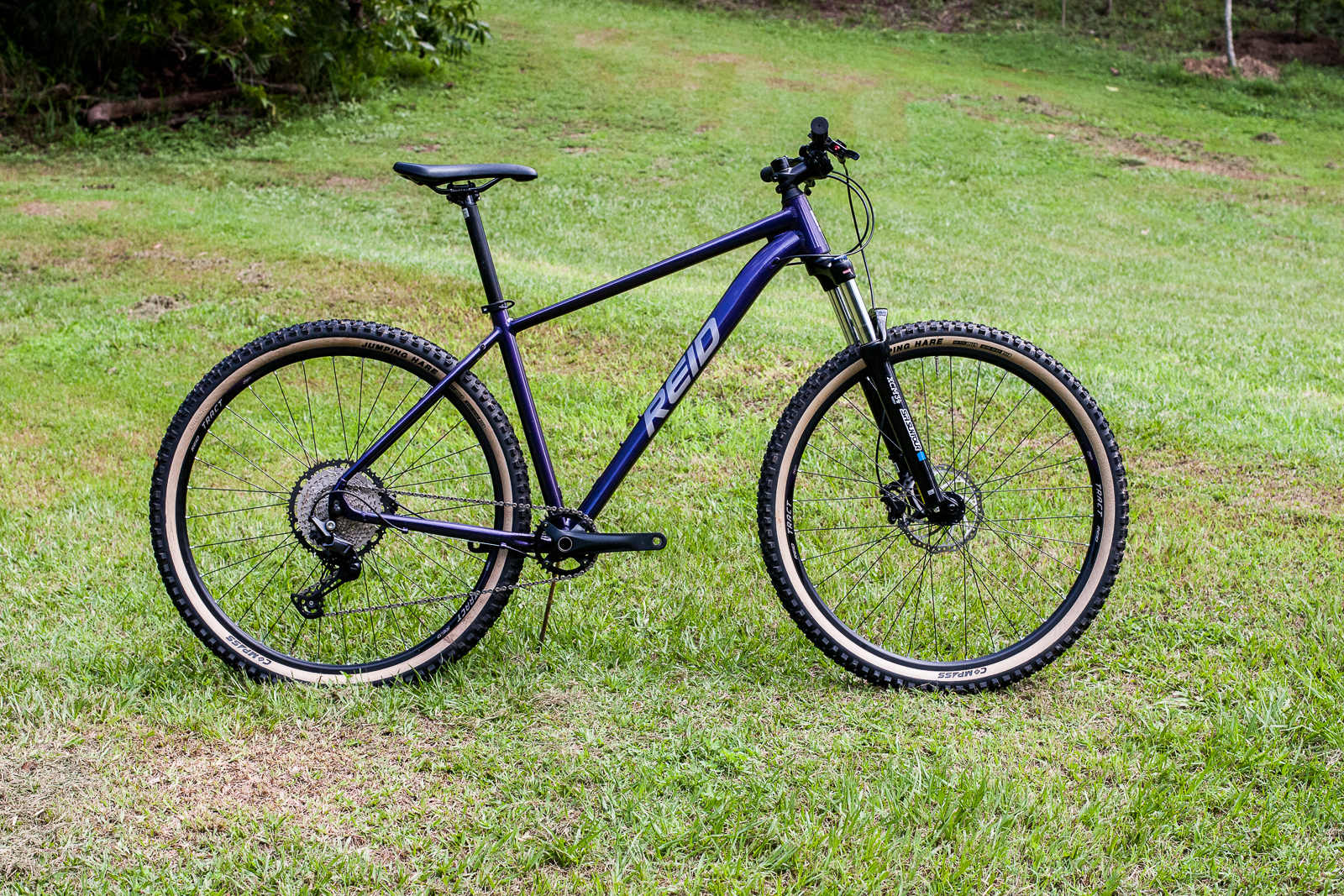
The alloy frame has a 120mm coil sprung 34mm legged Suntour fork, which has lockout and rebound adjustment. It has Boost spacing with a through axle. It has steel legs so it’s pretty weighty – but you can’t have everything for $1000. The frame uses a quick release rear axle, and has a tall head tube for a comfortable fit.
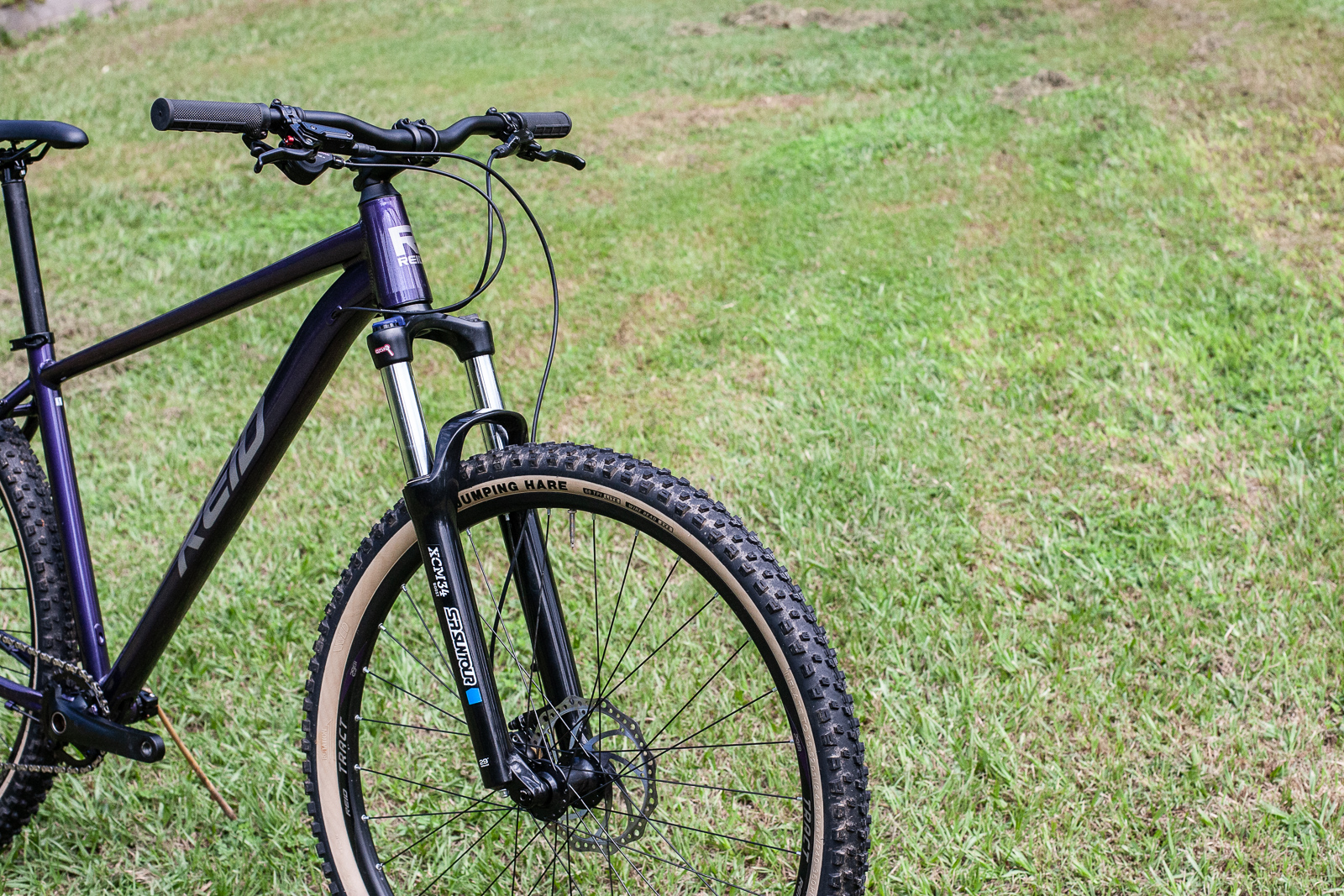
On our 48cm (large) test bike the head angle is 68 degrees, with a 74 degree seat angle. With a 51mm offset fork the steering is stable, the bars come quite high as stock, with a narrow riser bar and plenty of spacers. It has routing for a dropper post, but at $1000 you can’t expect it to come with one.
The drivetrain mixes a Shimano 12-speed Deore shifter and derailluer with a Sunrace 11-50 cassette. Brakes are hydraulic with a 180mm front rotor for some more stopping power.
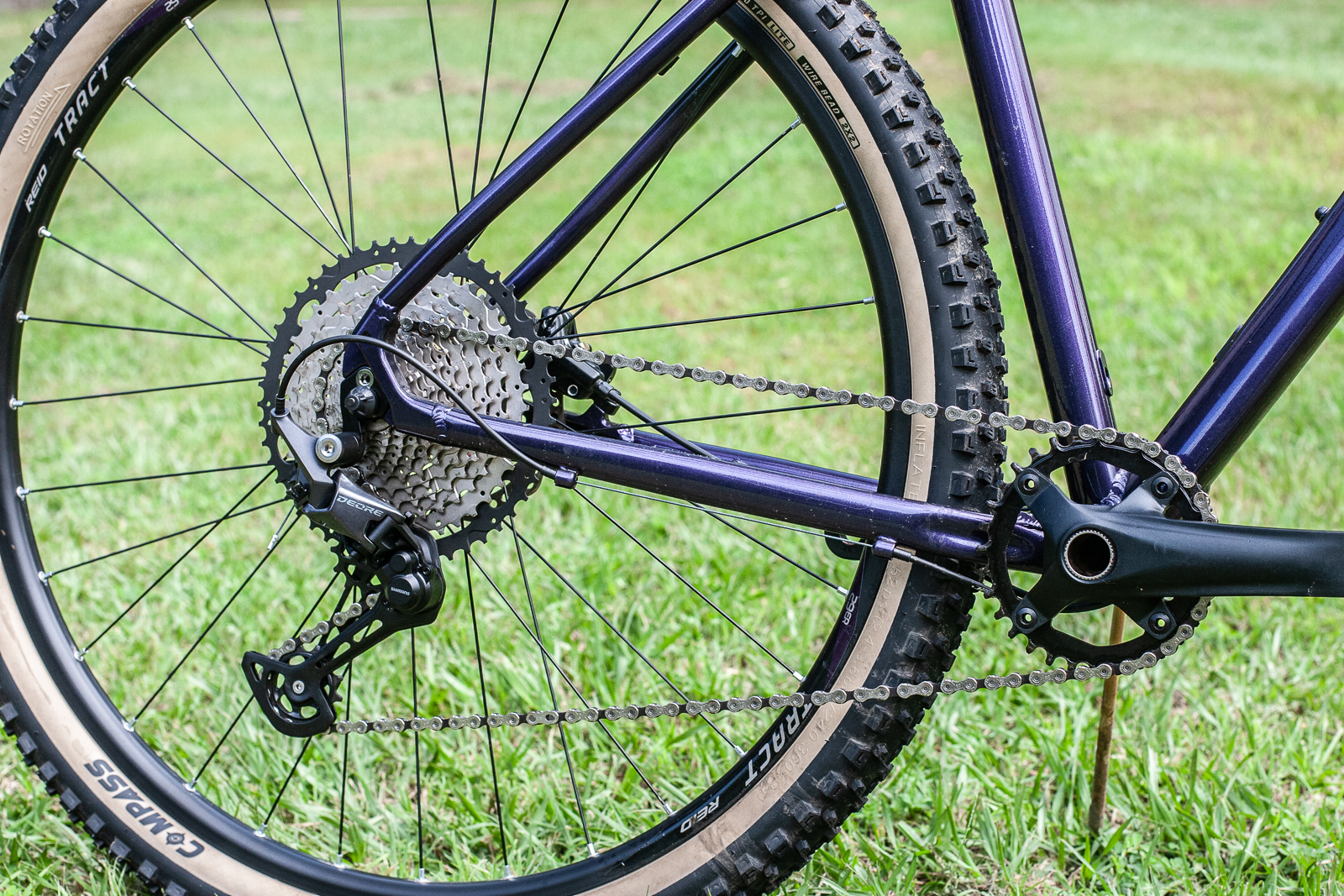
Wheels are 32 spoked with eyeletted rims and 2.25″ tyres. Not too much is missing, and so far it has been a joy to ride – although heavier and a little more upright than some of the other bikes.
Giant Fathom 2
$1899
Giant Bicycles Australia
The Giant Fathom has been a well-regarded high value hardtail for a couple of years. Riders love the alloy frame and Giant suspension fork with a reliable Shimano drivetrain. The 66 degree head angle and 75 degree seat angle provide balanced trail geometry, with plenty of standover height, the 130mm travel 34mm-legged suspension fork and dropper post helping you navigate a wide variety of trails.
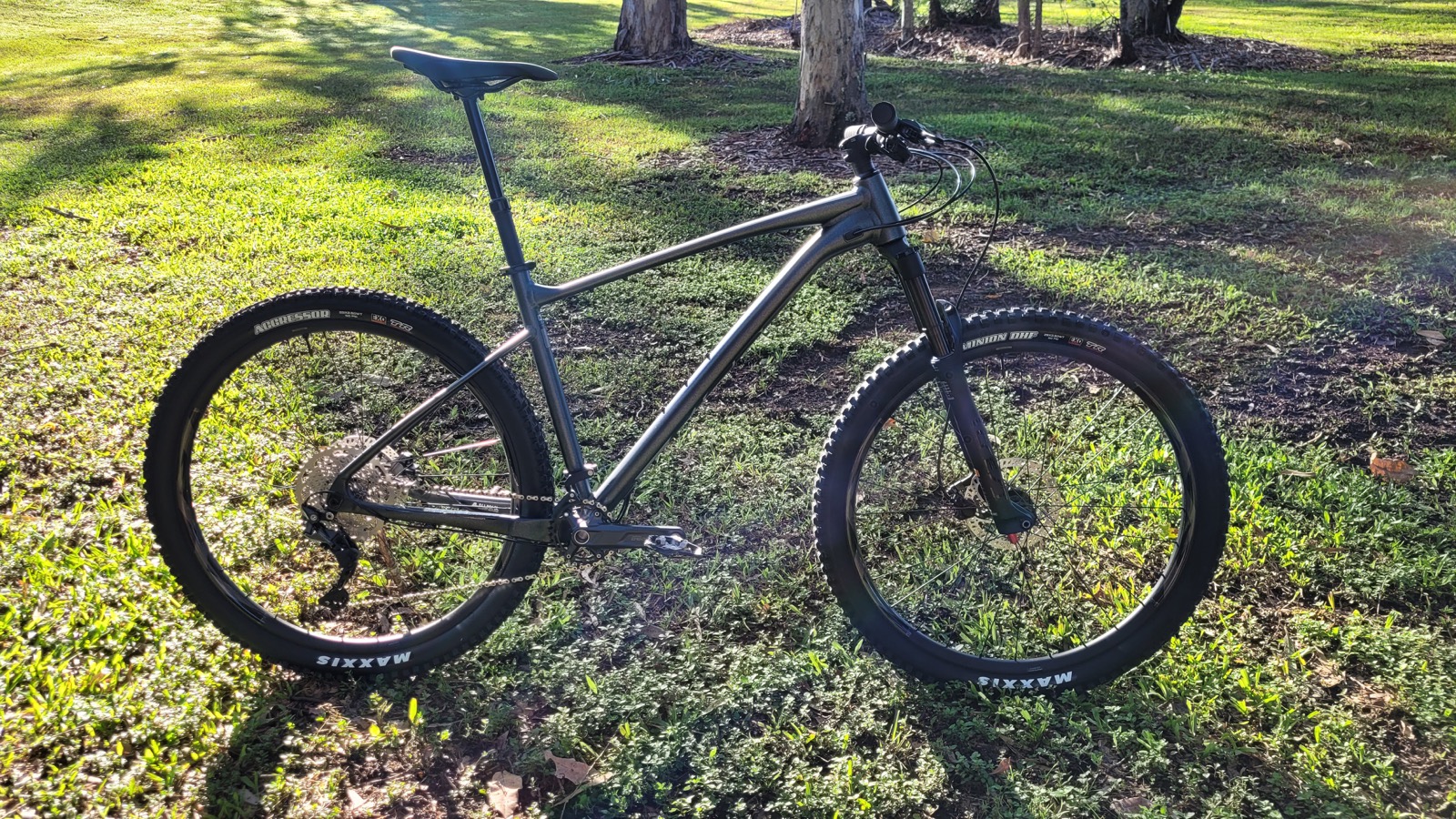
The reach on our XL test bike is 490mm, and the frame comes equipped with two bottle mounts and an accessory mount.
Giant spec short cranks to suit trail riding, with 165mm on the smaller sizes and 170mm on the largest sizes – kudos!
Giant even have proper tubeless ready tyres, on rims with a 30mm inner rim width for better tyre support as well.
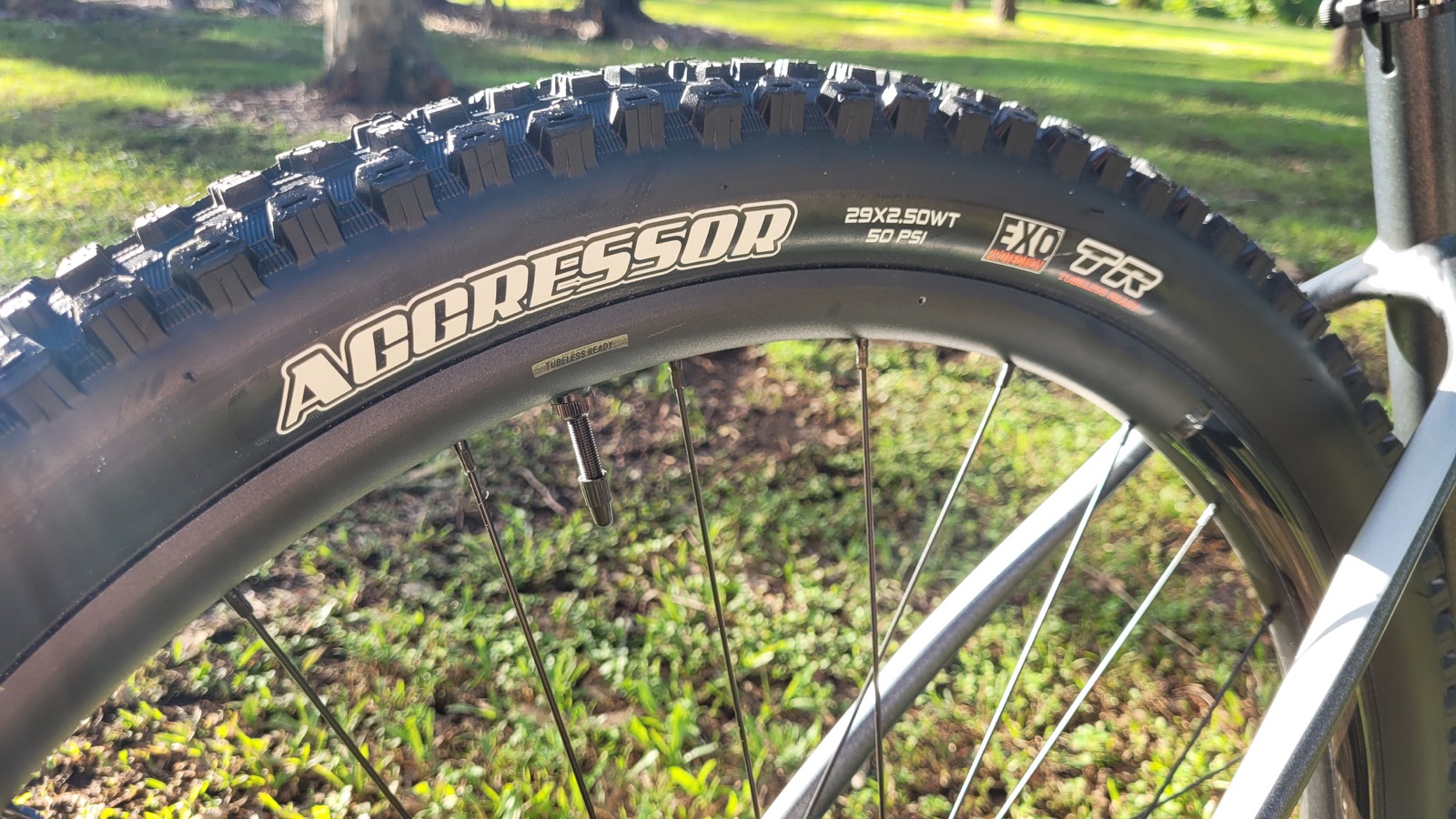
There is a potential drawback though, and Giant use the Shimano Deore 1×10 group set, with a 11-42 cassette. Here’s the thing though, it’s not the same as the gear range on any other bikes here, but it shifts really well. The Tektro brakes with 180mm rotors are also suitable for the use of the Fathom.
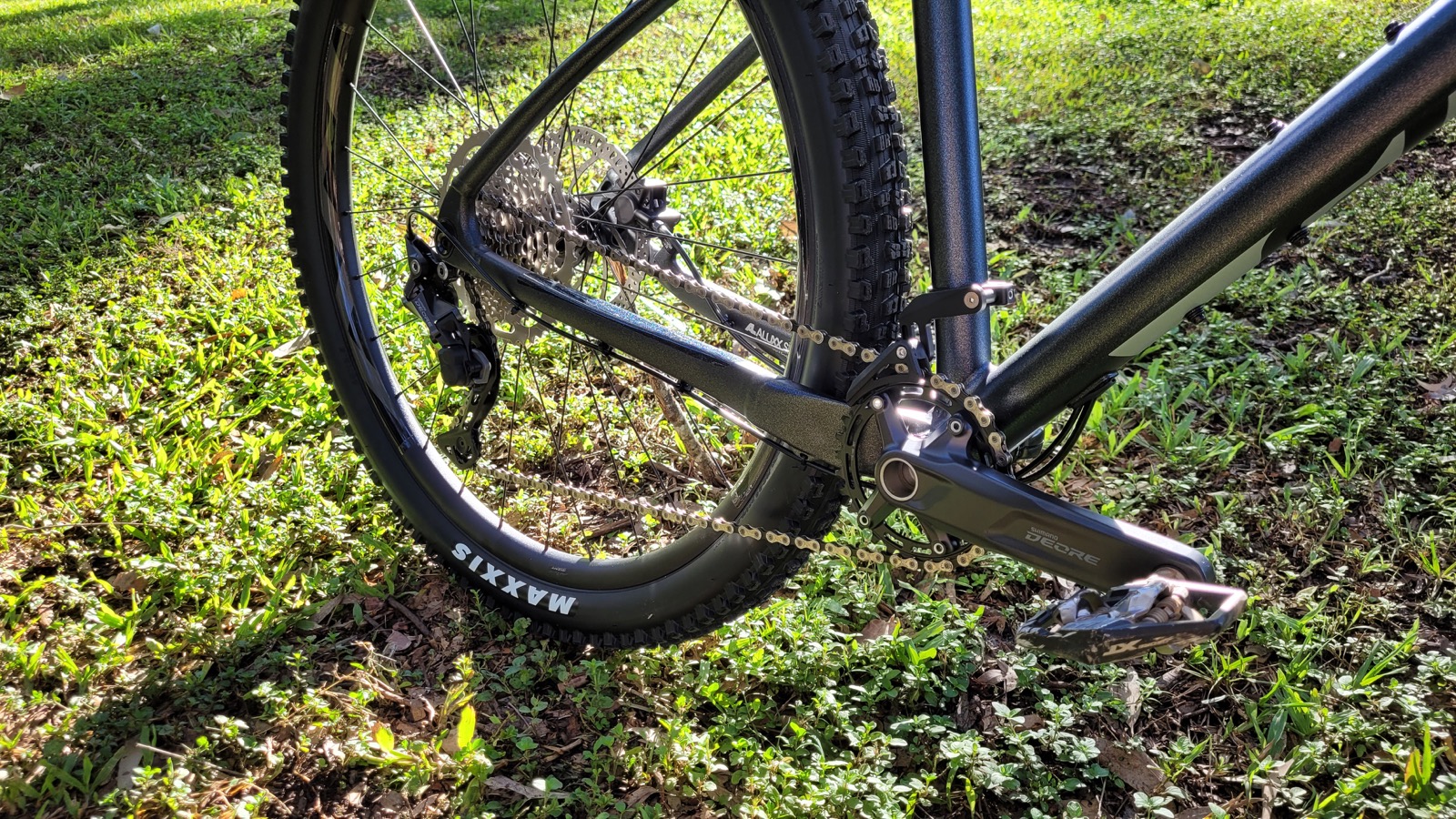
This one is a handy trail hardtail out of the box – and a great one for a rider looking for a capable trail bike from the get go.
Cannondale Trail SL 4
$1899
Cannondale Australia
The Cannondale Trail SL 4 shares a similar look to the Cannondale Scalpel HT 3 Carbon tested in 2022, with similar design cues and geometry. Cannondale have designed the SL 4 as a fast and efficient bike targeted for low impact trails. The alloy frame has a huge amount of clearance in the back, nice internal routing and a 68 degree head angle with 444mm reach on our large test bike. With a 75 degree seat angle and 100mm travel Suntour fork (alloy legs, with remote lock out) it’s an agile and light handling bike but with great geometry for a bike in this range.
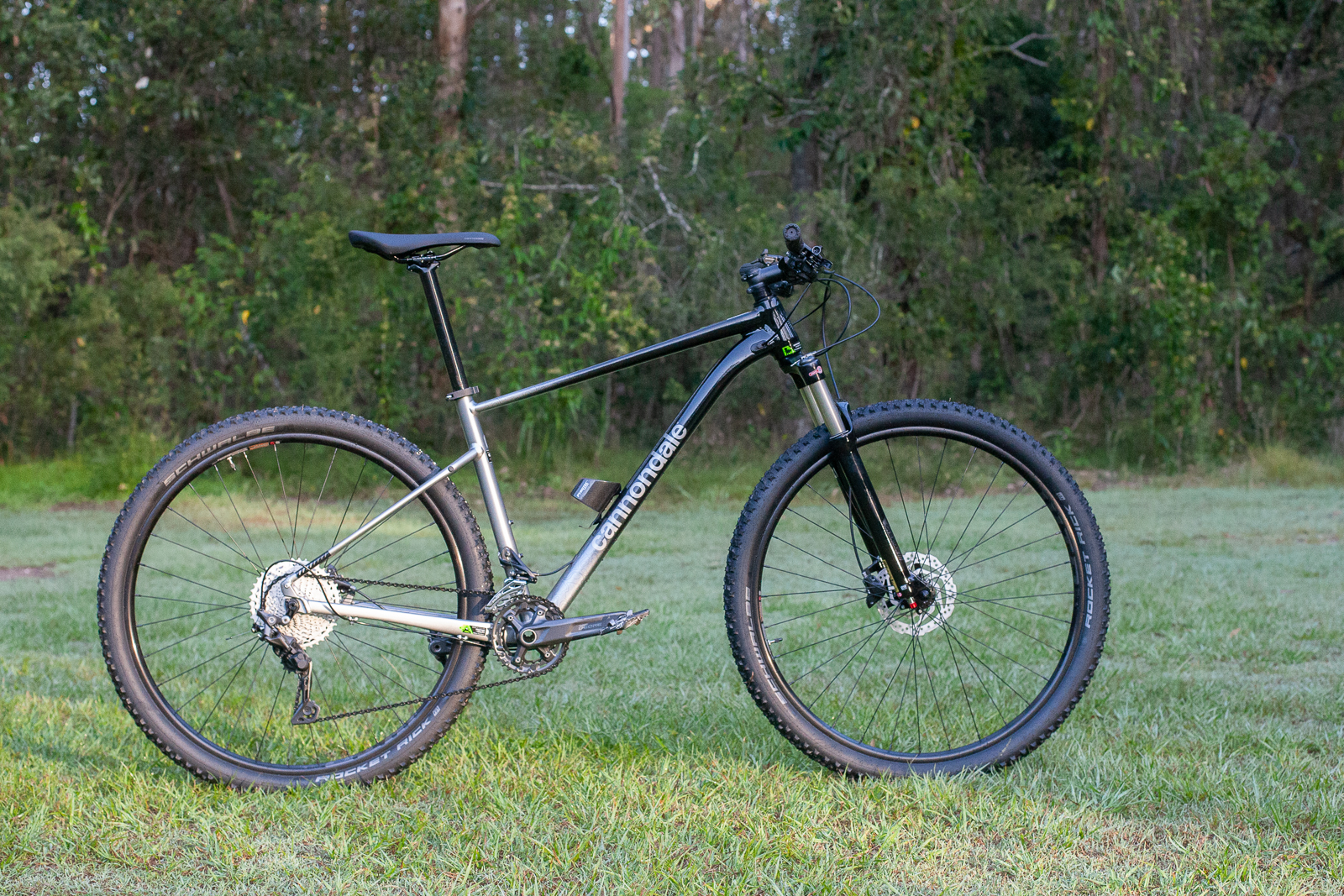
Cannondale use Boost spacing through axles front and rear, and the FSA riser bar is a standout from the test for ergonomics. The rise and sweep feel just right, and suit the frame’s lay out.
The braking and shifting is an all-Shimano affair, with the only 2x setup on test. But 2×11 Deore is nothing to steer away from, offering a fast shifting, wide gear range to suit the bike’s intended use.
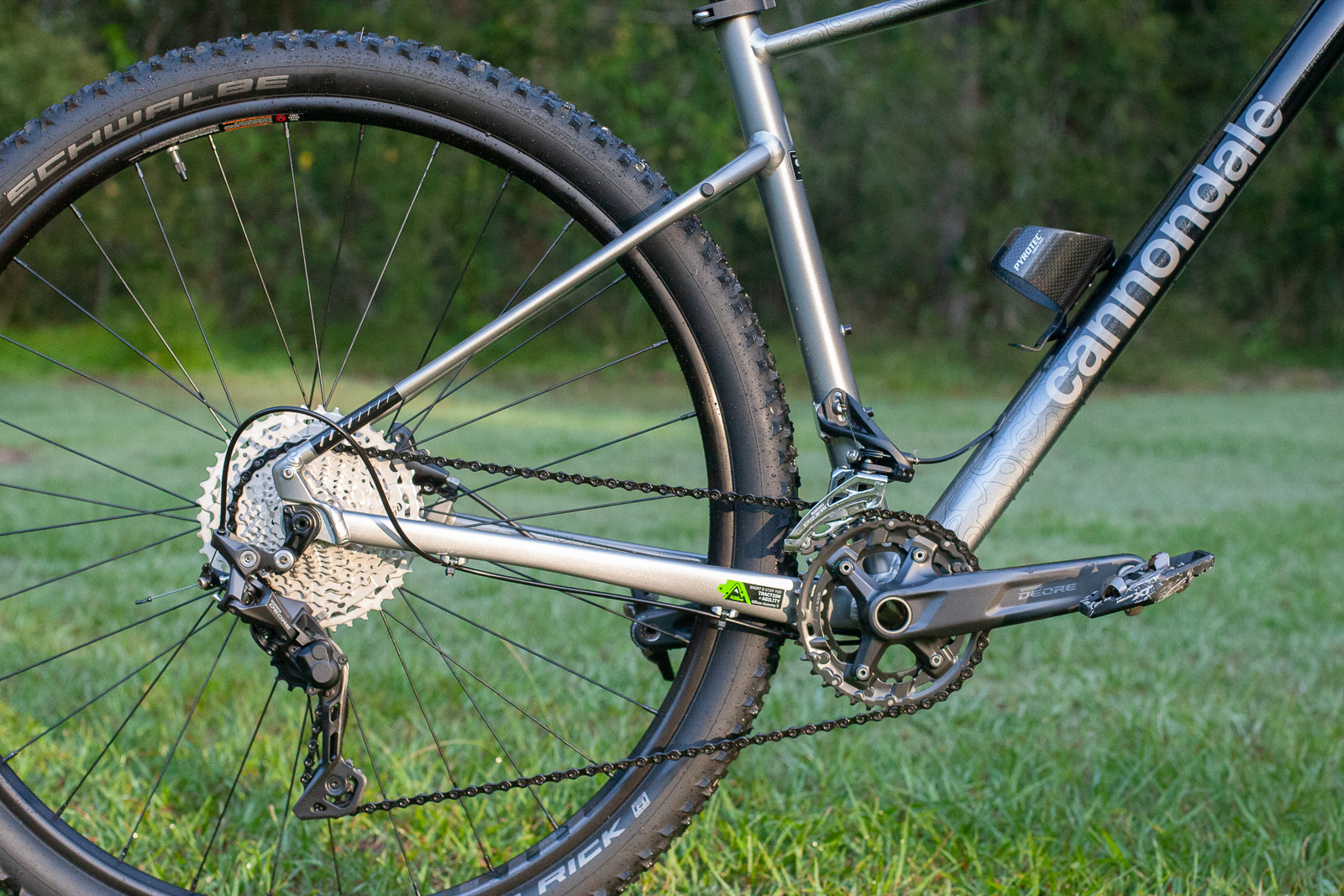
The tyres are on the narrower side of 2.25″, but with a good tread pattern for reliable handling. This one has been fun for the first couple of rides, with Cannondale’s long heritage with hardtails bleeding through.
